The 2020 Specialized Epic HT – Same Same, But Different
Wil reports on the new Specialized no-mercy XC race hardtail.
Back in June this year, I was invited out to Lake Tahoe in the US for the Specialized Summer Camp. We were there to test out several new bikes, one of which was the brand new 2020 Epic HT.
Before the start of the presentation on the Epic, I noticed a blacked out carbon hardtail frame sat on top of a table with a set of fish scales next to it. Scales at a product launch are a sure bet that weight is going to be one of the main talking points of a new bike. And in the new Epic hardtail, weight most certainly is one of the talking points.
There are actually a load of other significant changes over the previous Epic, all of which are designed to make this a more comfortable and capable race bike for taking on modern World Cup XCO courses.
We’ll get onto those nitty-gritty details shortly, but first let’s take a closer look at that stunning carbon frame and the headline-grabbing weight figure.
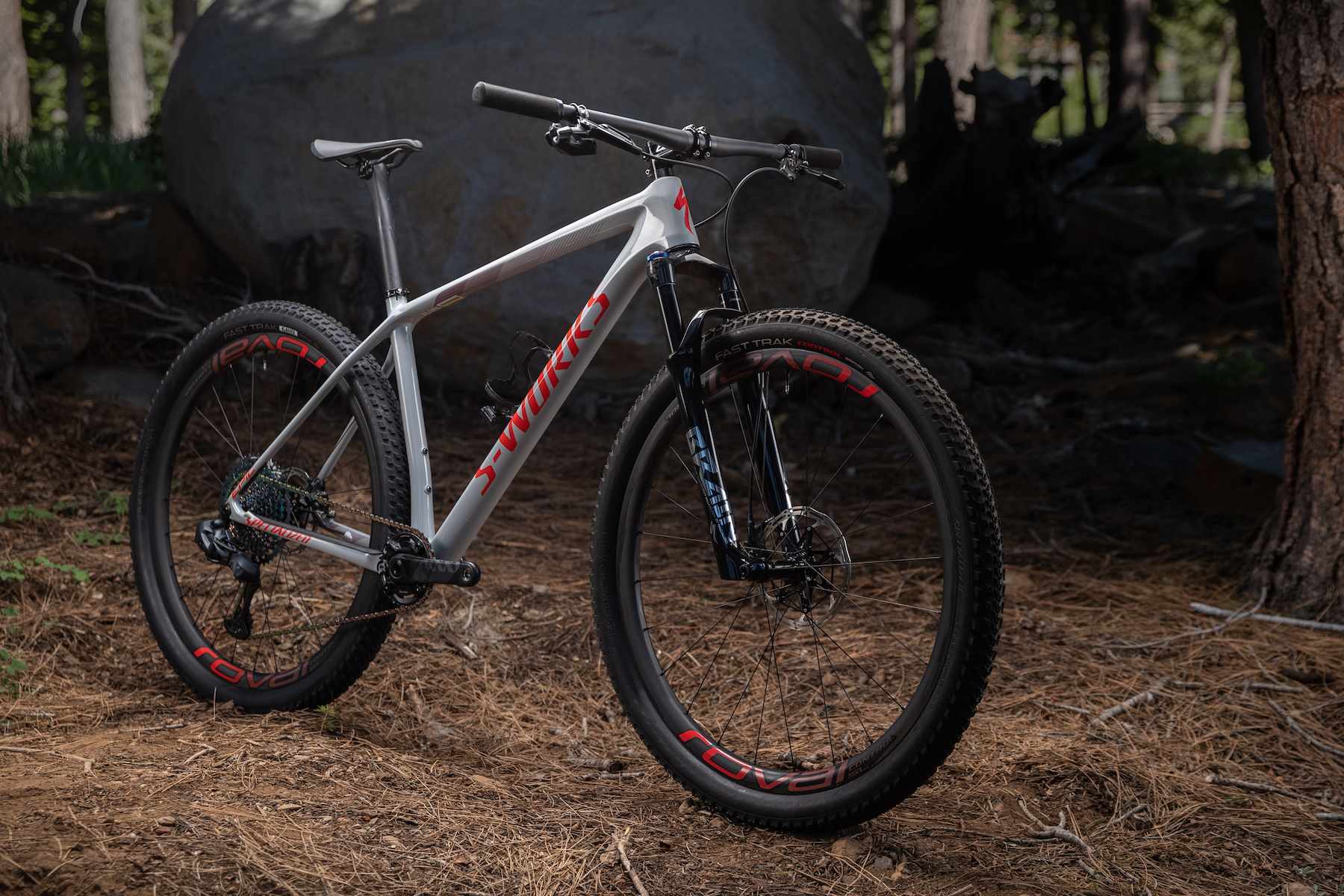
That Sub-800g Frame
Now the previous Epic S-Works frame wasn’t exactly a heffalump, given it only tipped the scales at 845g. Not content on resting on one’s laurels though, Specialized decided it could do better.
How much better? The new 2020 Specialized Epic S-Works frame comes in at a claimed weight of just 775g (+/- 15g) for a medium. Yup. Seven hundred and seventy five grams. At the time of writing, the new Epic is (as far as we’re aware) the lightest mass-produced mountain bike frame on the market.
Believe it or not, that weight figure is actually a bit conservative. According to Specialized’s carbon whizz, Peter Denk, about 50% of production frames are actually coming in at 760g. That is insanely light, particularly when you factor in that the new frame is quite a bit longer in the front end, and it’s still hitting all of Specialized’s strength, fatigue and stiffness targets.
Now, 80-100g might not sound like a whole lot, but that’s about a 10% weight reduction. And in the world of ultra weight-weenieism, it is ALL about the percentages.
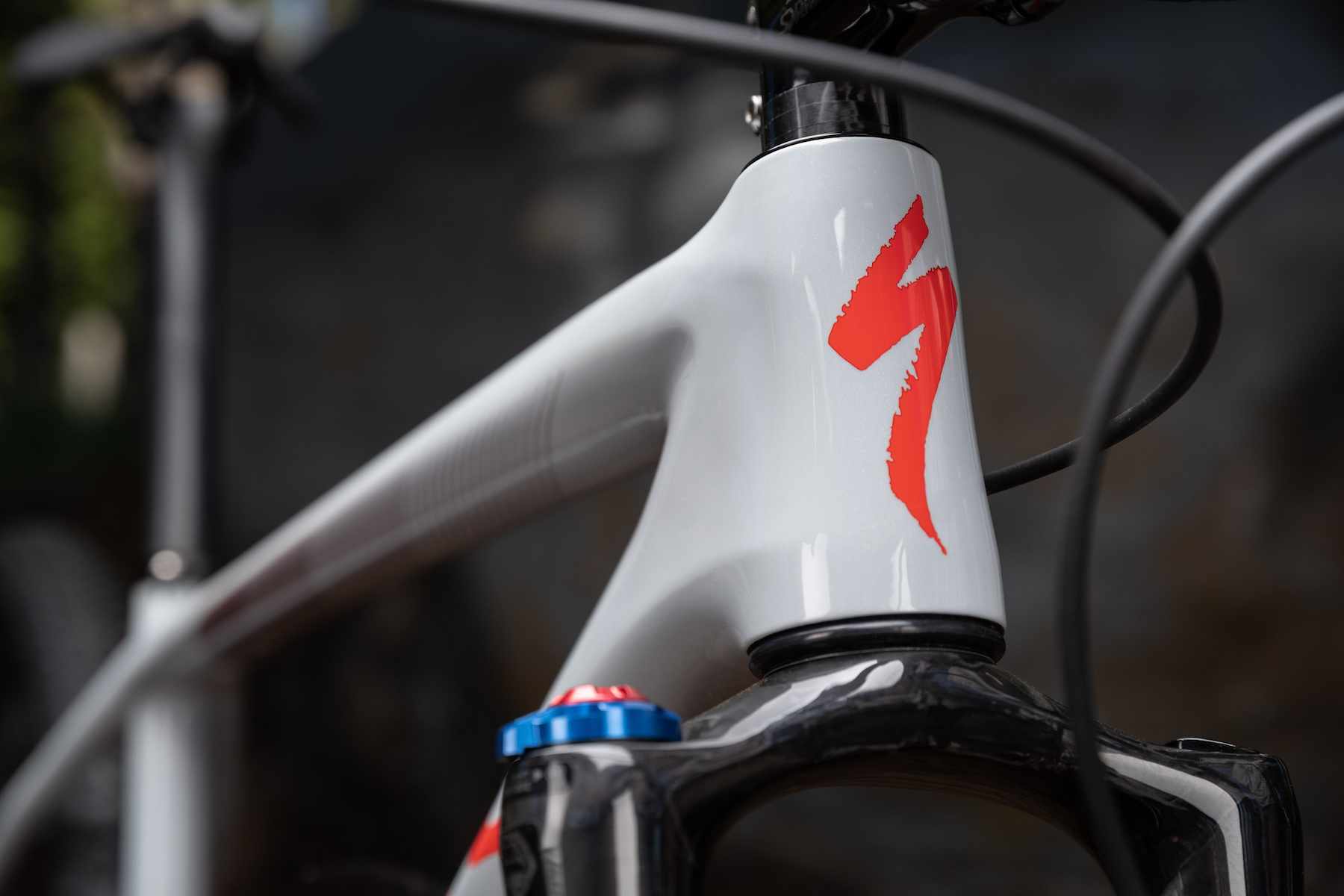
It is worth bearing in mind that the 775g claimed weight figure is for the frame with only the derailleur hanger installed. By the time you add the 32g axle and the 13g seat collar, you’ve got an 820g frame with hardware.
That isn’t quite as light as Unno’s Aora hardtail (790g claimed weight for a Medium frame with hardware). But Unno is a much smaller manufacturer that doesn’t have quite the same demands as a big brand like Specialized when it comes to things like price, quantities, and durability. Unno also only makes the Aora in a single frame size.
Specialized says it’s been able to achieve weight drop by scrutinising the carbon layup of the Epic’s frame to minimise overlap where possible, while also shrinking down key junction points and reducing tube diameters. The seatsays have been slimmed right down, which has the added benefit of increasing rear-end compliance for a more comfortable ride.
Goodbye PF30
The bottom bracket junction is much more compact than the old frame, and it also makes the significant move away from the PF30 standard to a good ol’ threaded BB. That’s right – Specialized continues its trend of ditching press-fit BB systems in favour of thread-in BB cups.
To do this, two alloy inserts are co-moulded into the carbon frame’s BB shell, and after the frame has been baked in the oven, these are then tapped to ensure precise bearing alignment.
The 2020 Specialized Epic frame gets drop-in bearings up at the headtube, and further weight reductions have been achieved by eliminating the bolt-on downtube bump-stops. These bump-stops were previously there to prevent the shifter and brake levers from hitting the top tube during a crash. You no longer get that protection, which does make the new frame is lighter and tidier, but you might want some heli-tape over the top tube if it looks like your shifter and brake levers are likely to make contact during an over-rotation of the bars.
Cable routing has been simplified, with all lines (including the full length gear cable) routing internally. These are wrapped with foam ‘churros’ to help eliminate cable slap.
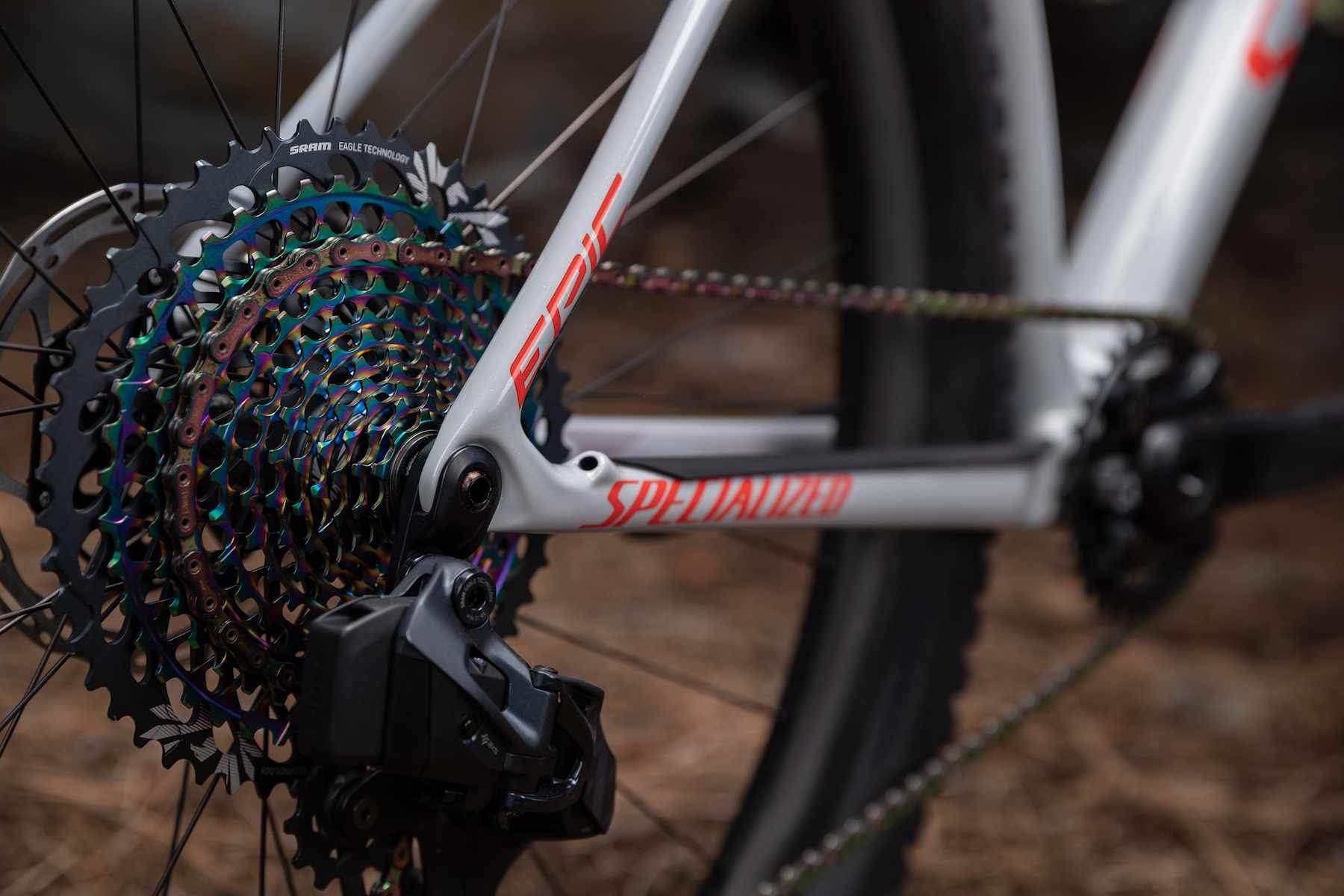
The dropouts are now fully carbon, with a lightweight sandwich-style hanger clamping down on the drive side. It’s worth noting that Specialized is using this two-piece mech hanger for all of its latest models including the Stumpy range, the Fuse, and the Epic FSR, which I’m sure dealers, mechanics and owners will be very pleased by.
Oh and there are no funky new axle standards – the Epic sticks with a Boost 148x12mm rear end with a neat bolt-up alloy axle.
Less Anger, More Fun
In addition to all the frame improvements, the new 2020 Specialized Epic gets significantly reworked geometry to bring it up to speed for modern World Cup XC race courses.
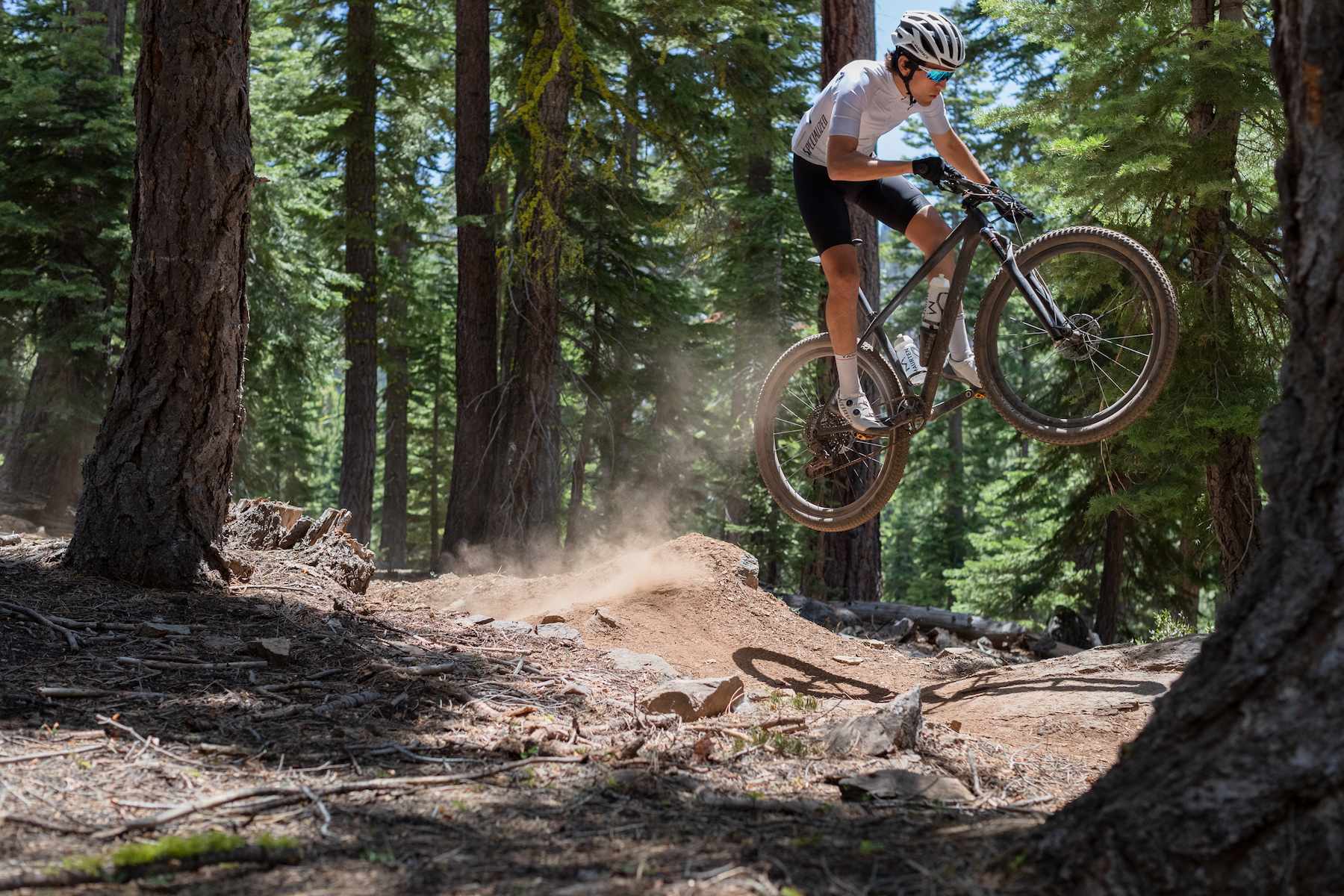
The head angle kicks back over a degree to 68.5°, which incidentally, is the same as what you’ll find on the Epic EVO. The Epic HT also follows in the footsteps of its fully-suspended cousins by moving to a reduced offset fork. This has boosted ground trail from 82mm on the old bike, to 101mm, which should make for a less twitchy steering feel.
The new frame is longer too, with reach growing around 12-14mm depending on the size. Reach measurements are as follows: 405mm (S), 430mm (M), 455mm (L) and 480mm (XL).
To match the longer top tubes, the Epic HT is spec’d with a shorter 60-75mm stem, depending on frame size. Well, unless you’re a stubborn World Cup racer like Sam Gaze, who prefers to downsize his Epic frame so that he can run a super-long and inverted 130mm stem.
Otherwise the Epic HT maintains similar figures to the previous version, which includes the 74° seat angle and 61mm BB drop. Chainstay length remains at 430mm. Despite the longer and slacker front end, Specialized has aimed to keep the wheelbases short and snappy for carving up tight and twisty singletrack. After all, this is still a proper XC race hardtail.
Dropper Post Ready
A welcome addition to the 2020 Specialized Epic frame is the move from the skinny 27.2mm seatpost to a 30.9mm diameter post. This provides a tonne more options for running a dropper post – something that more and more XC racers are looking for.
Even with the bigger diameter seat tube though, Specialized has maintained compliance by curving the seat tube so that it delivers more flex underneath the rider. Also helping with rider comfort is the option to run fatter rubber, since the Epic HT can accommodate up to a 2.4in wide tyre in the back.
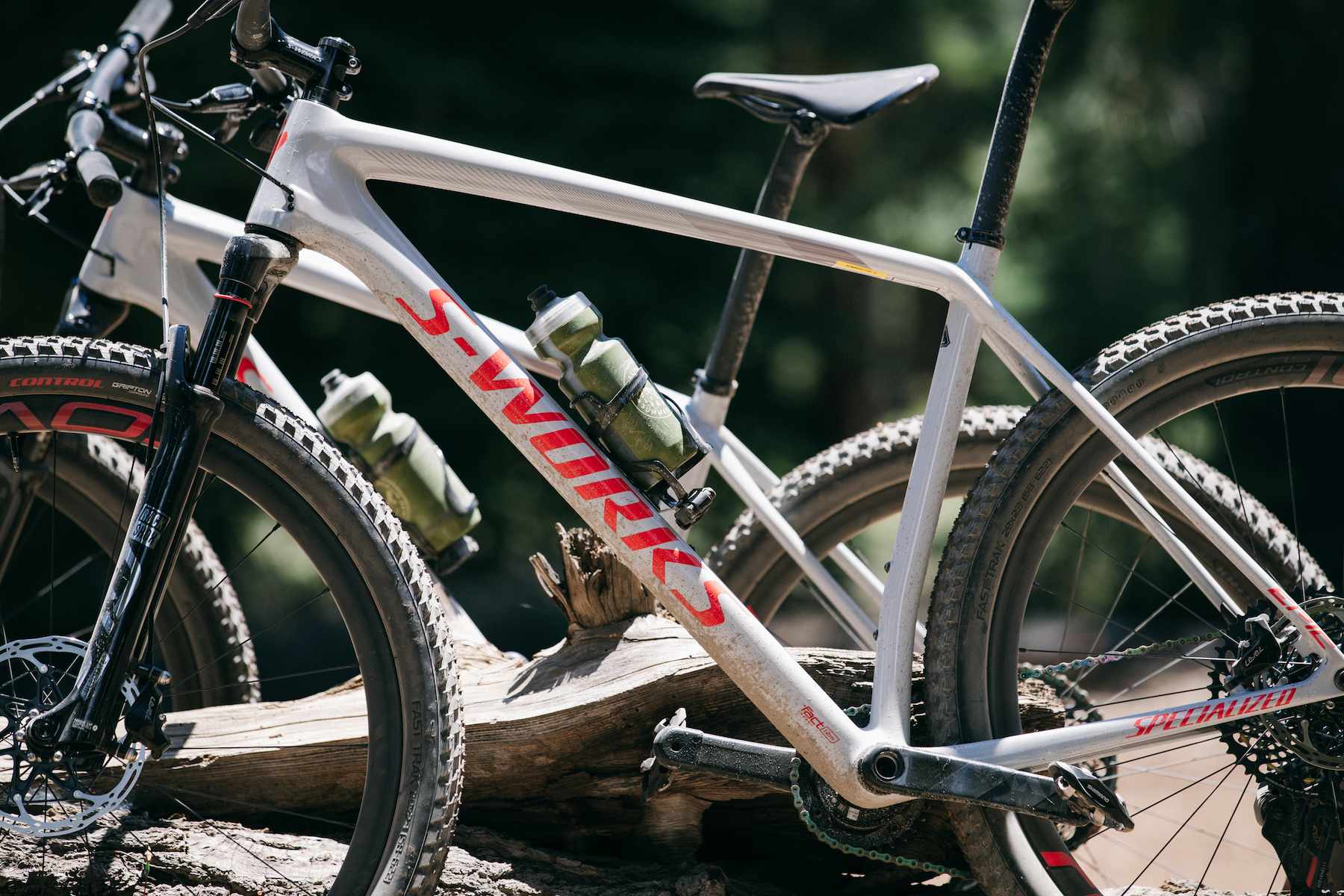
The Lineup
For 2020 there will be four Epic models available in the UK starting at £2,250 for the Epic HT Carbon 29, and going up to a cool £8,000 for the Epic HT S-Works.
There are two different frames; the top-level S-Works frame that’s made with Fact 12m carbon fibre, and a slightly cheaper Fact 11m frame that will come on Expert, Comp and Carbon 29 models. The Fact 11m frame has the same geometry and overall shape, but comes in 140g heavier. That’s still well under the 1kg barrier though.
All bikes are built around a 100mm travel reduced-offset fork, and roll on Roval wheels wrapped with 2.3in wide Specialized tyres. Since the frame is 1x specific, wide-range 1x drivetrains feature throughout, and there’s clearance to run up to a 36T chainring on both frames.
2020 Specialized Epic HT First Ride Impressions
As part of the 2020 Specialized Epic launch, I was invited out to Lake Tahoe in the US to test out the new bike. We only had a day of riding on the Epic HT, but having spent a solid amount of time on the previous generation S-Works Epic, I had a good basis for comparison to feel out the differences with the new bike.
The model I rode at the launch was the top-banana S-Works rig, which comes decked out with SRAM’s wireless AXS Eagle XX1 groupset, Roval Control SL wheels, and a svelte carbon cockpit that’s dotted with titanium bolts throughout.
At a confirmed 8.94kg (19.66lb) without pedals, it is of course an insanely light bike. And like the previous Epic, it is also insanely responsive under pedalling inputs. Step on the gas and hold tight, because there is absolutely no delay in forward propulsion.
It is a noticeably more comfortable bike to ride though. The addition of Specialized’s absolutely superb Power saddle certainly helps, but it’s the increased compliance through the rear of the frame that helps the Epic to soften out the edges of rocks and roots on the trail.
The added squish of the 2.3in tyre on the back (the previous Epic spec’d a 2.1in rear tyre) also contributes to both traction and comfort. I ran the Fast Trak tyres with 22psi up front and 26psi out back. These are equipped with the recently redesigned Control casing, which supposedly offers a 20% boost in pinch-flat protection. They’re still pretty light and flexible though, which was made apparent after I managed to slice open the rear tyre on a nice and sharp rock partway through the ride.
I must say I do love the simplicity of the Epic’s singlespeed-esque cockpit, which sees just two brake lines sprouting off the bars thanks to the lack of any remote lockout cables and the wireless shifter.
This was my first time using the AXS wireless drivetrain, which sees an electronic shifter pairing wirelessly to the 12-speed Eagle AXS rear derailleur. At the start of the ride, I had my mind blown as one of the mechanics logged into my derailleur via the AXS app to alter the shift mapping.
It’s all very clever, though I can’t say I fell in love with the ergonomics of the big shift paddle. This was partly due to the MatchMaker clamp’s lack of lateral adjustment that put it just a little further from my thumb than I would have liked, but it was also down to the shape and light button-action of the shift paddle. It just feels a bit dainty and vague compared to the positive clunk and click of a mechanical shifter. Still, the shifting was very sharp and accurate though. Not quite as smooth as Shimano’s latest Hyperglide+ 12-speed cassettes, but very good nonetheless.
In terms of the its overall character, the 2020 Specialized Epic is still very much a lean XC bike. The reasonably wide bars keep your chest open over the front of the bike, while the long top tube ensures you’re stretched out into an efficient and aggressive riding position. The (relatively) short 75mm stem also helps to keep the front end quite light and nippy.
However, compared to the previous Epic, the slacker head angle and shorter fork offset on the new bike provides a noticeable change in front-end steering behaviour. I found the handling not unlike the latest Epic FSR, with a very steady feel when shooting through high-speed corners. There’s a lot less twitchiness than the previous Epic, with the front wheel holding a more consistent line. This is compounded by the fork’s Brain damper, which holds the fork up higher in its travel through smooth banked turns.
Speaking of the fork, it’s worth noting that this is housing the new ‘Position Sensitive’ damper, which is a marked improvement over previous Brain forks from Specialized. Instead of the usual on/off feel, the fork sags naturally into the first 25mm of travel before the Brain damper engages. This means you can run it on the firmest setting (there are five clicks in the blue Brain Fade dial), and still have the fork maintain that initial bit of traction and comfort.
I ran the fork with the Brain set at this firmest setting to begin with, which proved to be ideal for climbing on fireroads and for smoother, flowier singletrack. Once things got rough though, I could feel the fork knocking around and transferring more feedback up through the bars. And so for the latter part of our ride that saw us descending some pretty rocky and technical trails, I flipped the dial all the way off.
Even in the ‘off’ position, the Brain damper is still slightly engaged, but the breakaway threshold is much faster and smoother, which made an immediate difference on repeated stutter bumps.
On the note of fork setup, I ran 95psi in the Solo Air spring to support my 68kg riding weight, which is about 8psi less than what’s recommended on the setup guide on the back of the fork lowers. It appears that the setup guide is the same as what you’d find for a non-Brain SID fork, so running 5-8psi less than recommended is a good place to start given the Brain damper provides a bit of extra support alongside the air spring.
Specialized specs zero Bottomless Tokens from the factory, and while the spring rate was fine for me, heavier riders may want to add Tokens to increase progression. As for rebound damping, out of the 26 clicks available, I set the red dial at 10 clicks off full slow.

Towards the end of our XC loop, we got onto some absolutely brilliant singletrack that combined smooth, well-built berms that fed us into much rockier and slabbier straight-line descents. Even while at the outer edges of its intended application, the Epic did well to remain composed and in control. I would have really liked a dropper post, and a more aggressive front tyre wouldn’t have gone astray, but I was surprised at how little I feared for my life given the gradient and trail surface we were bombing down.
Speaking of souping-up the Epic, it’s also worth noting that the frame has actually been tested in the torture lab with a 10mm longer fork. However, due to variances in the axle-to-crown length of production forks (which can vary +/- 5mm), Specialized can’t officially state that the Epic is 100% compatible with a 110mm fork, and you’d technically void the frame warranty if you did fit one.
Still, I can’t help but feel curious about the prospect of running something like a 110mm travel Fox 34 Step-Cast fork.
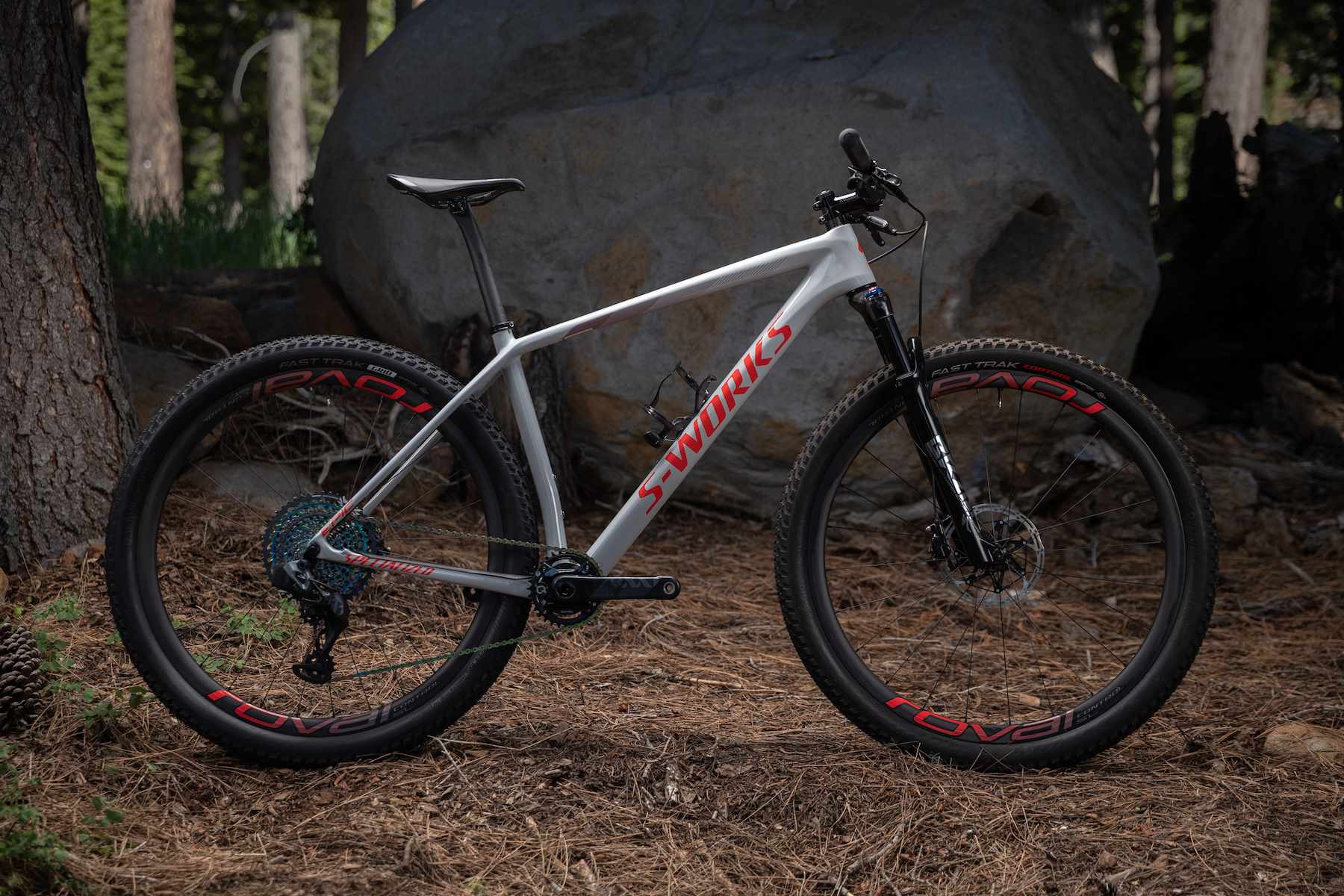
Overall
The 2020 Specialized Epic HT is no doubt a very fast, and very lightweight XC race bike. First impressions, however, would indicate that Specialized has been successful in stepping up the Epic’s capabilities over the previous version.
The new Epic is noticeably more comfortable, and the geometry updates have also helped to calm the front-end down. While it still sprints like a scorched feline, it now offers a considerably less fatiguing ride.
Privateer racers will also appreciate the improvements in practicality – the threaded BB in particular is a welcome update. And the fact that you can comfortably run wider rubber, a shorter stem and a dropper post gives the Epic chassis a whole lot more tuning scope for turning it into a singletrack speedster. Albeit one with an extremely lightweight frame.
2020 Specialized Epic HT Gallery
Disclosure
Wil’s flights and accommodation for this trip were covered by Specialized.

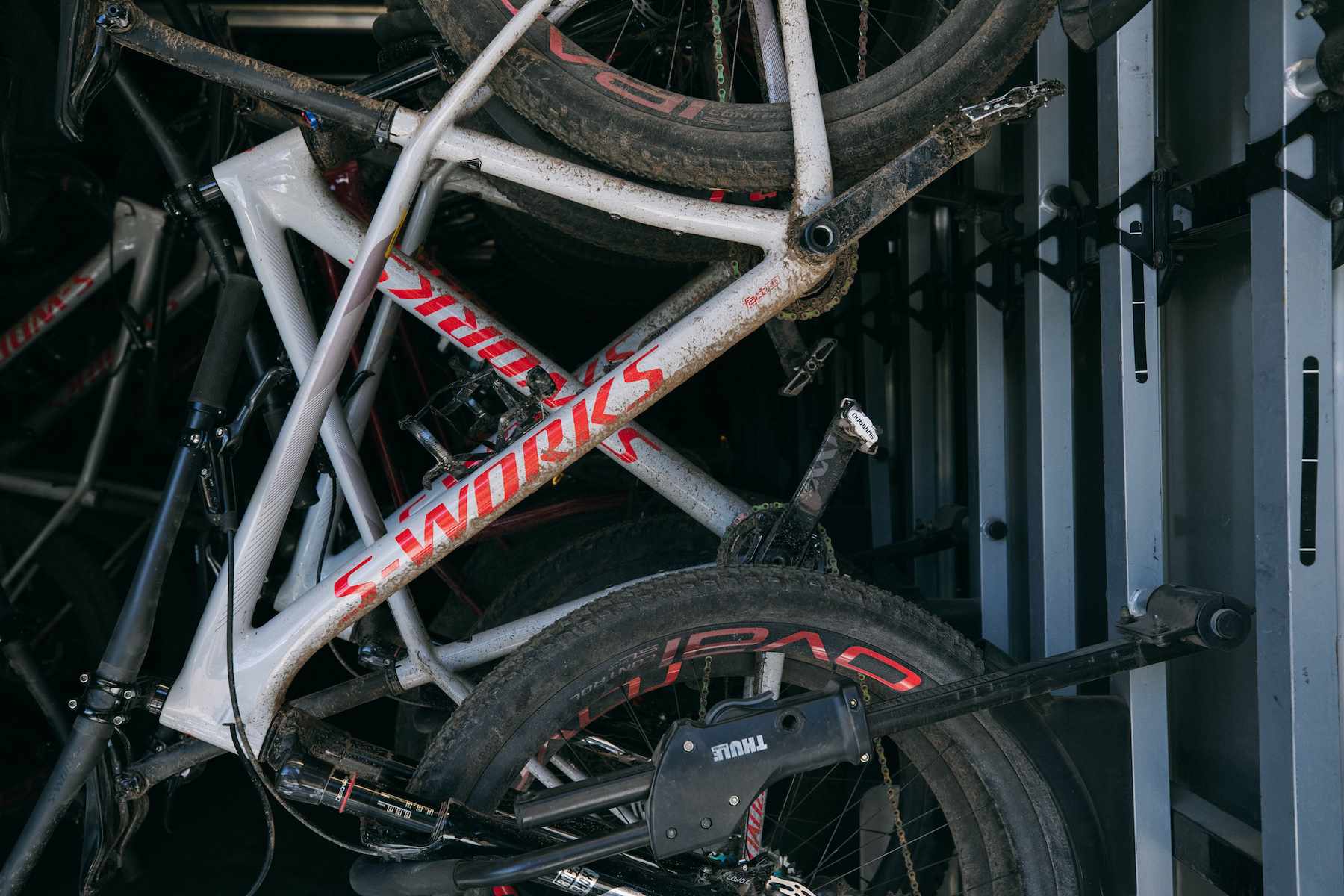




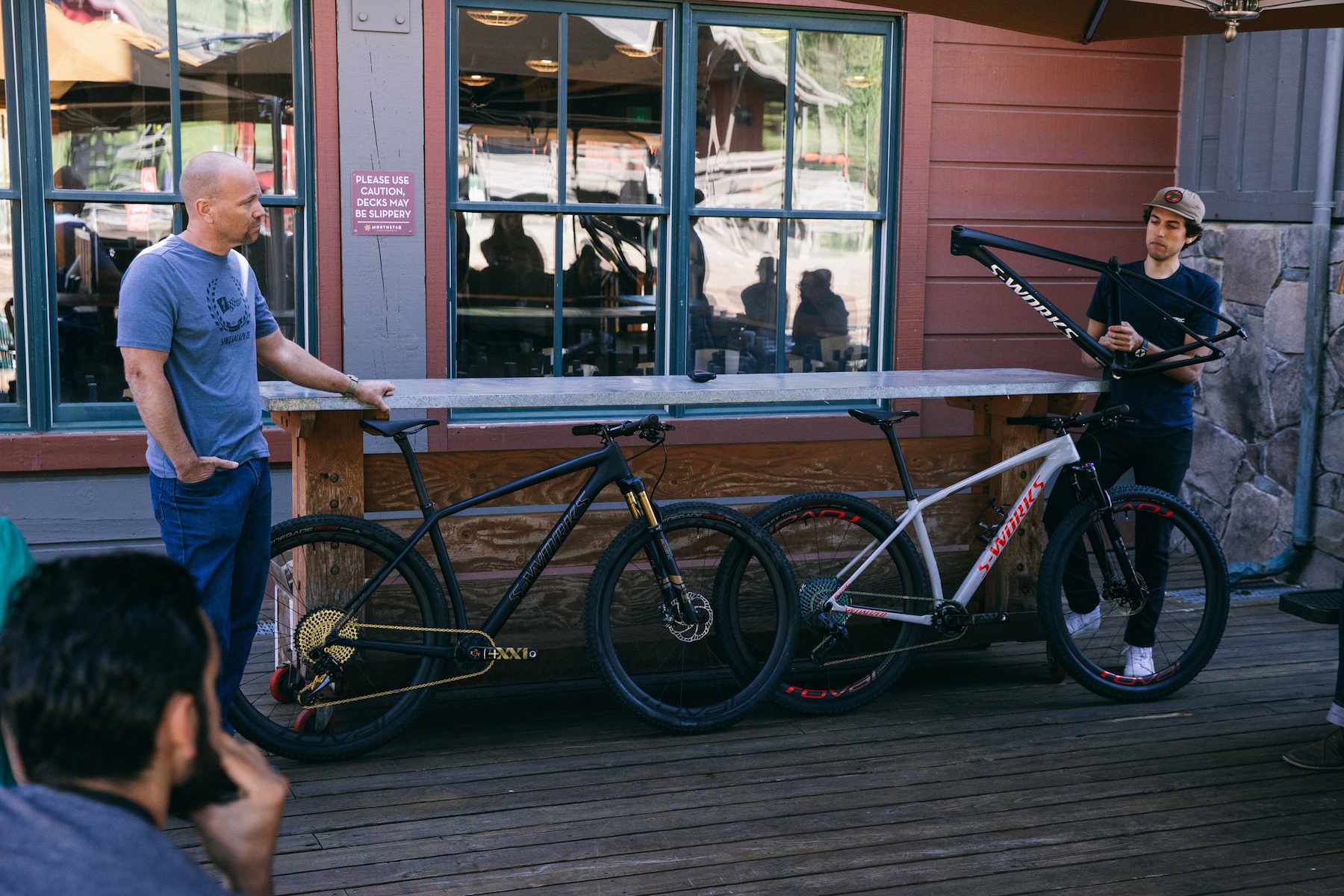
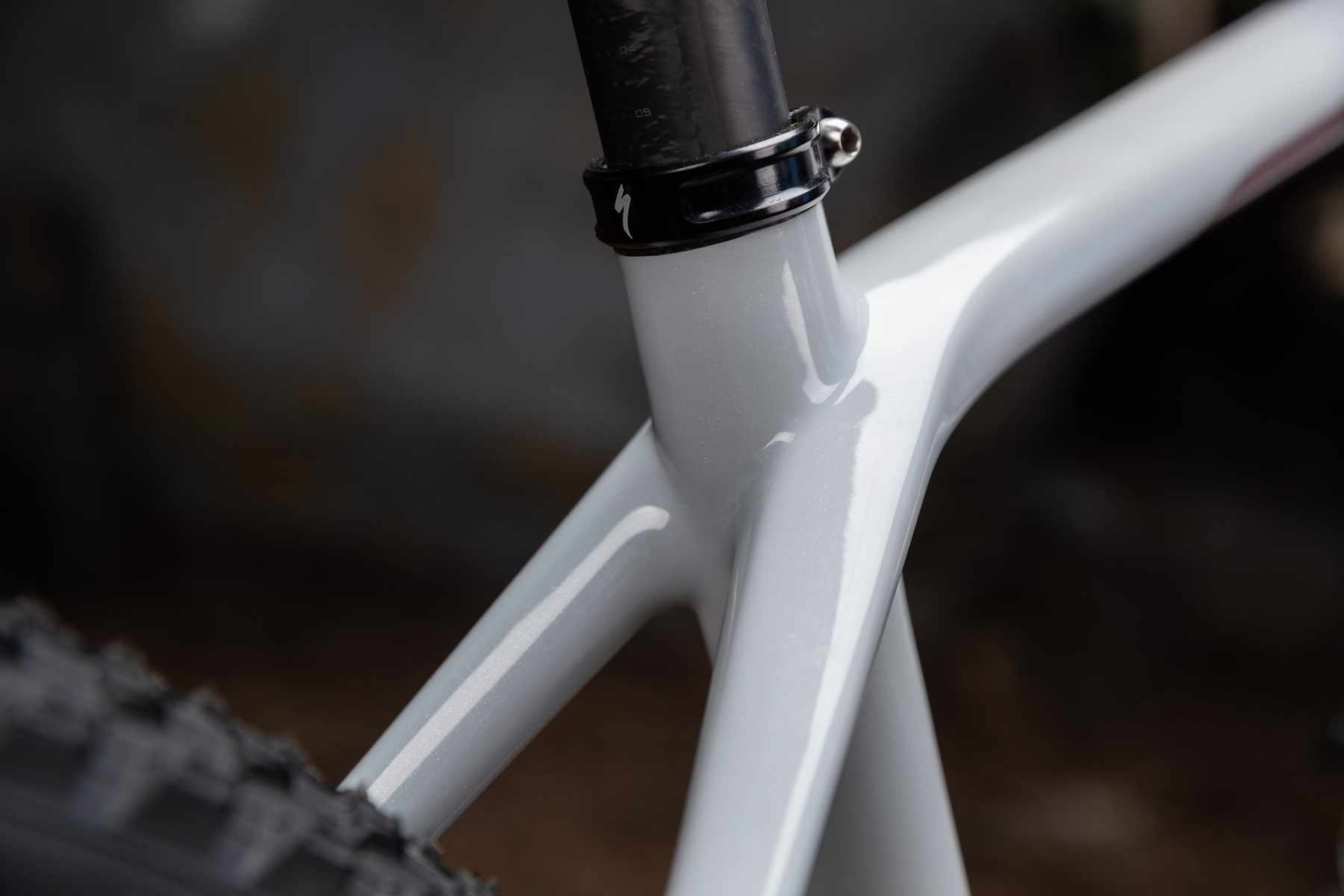
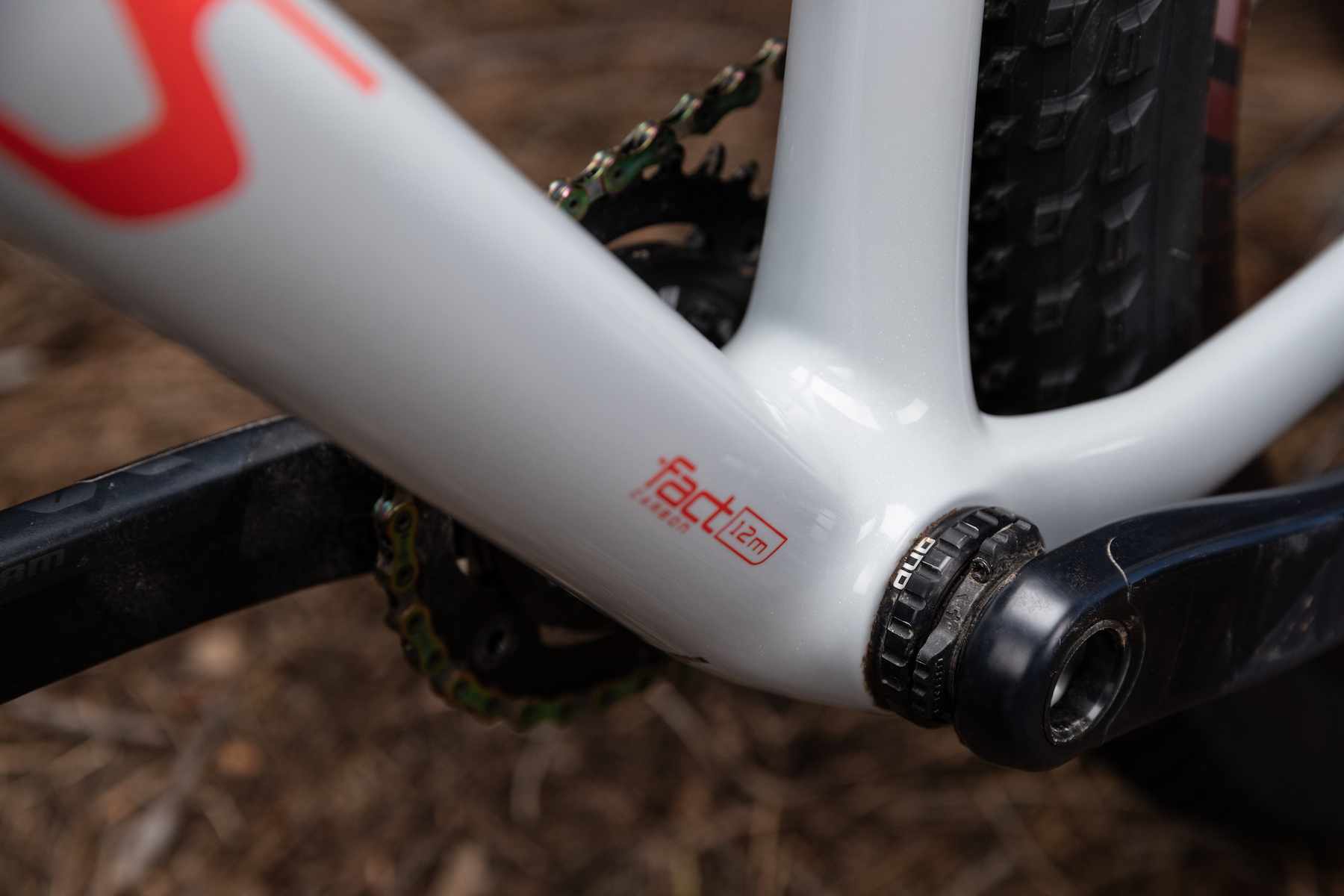
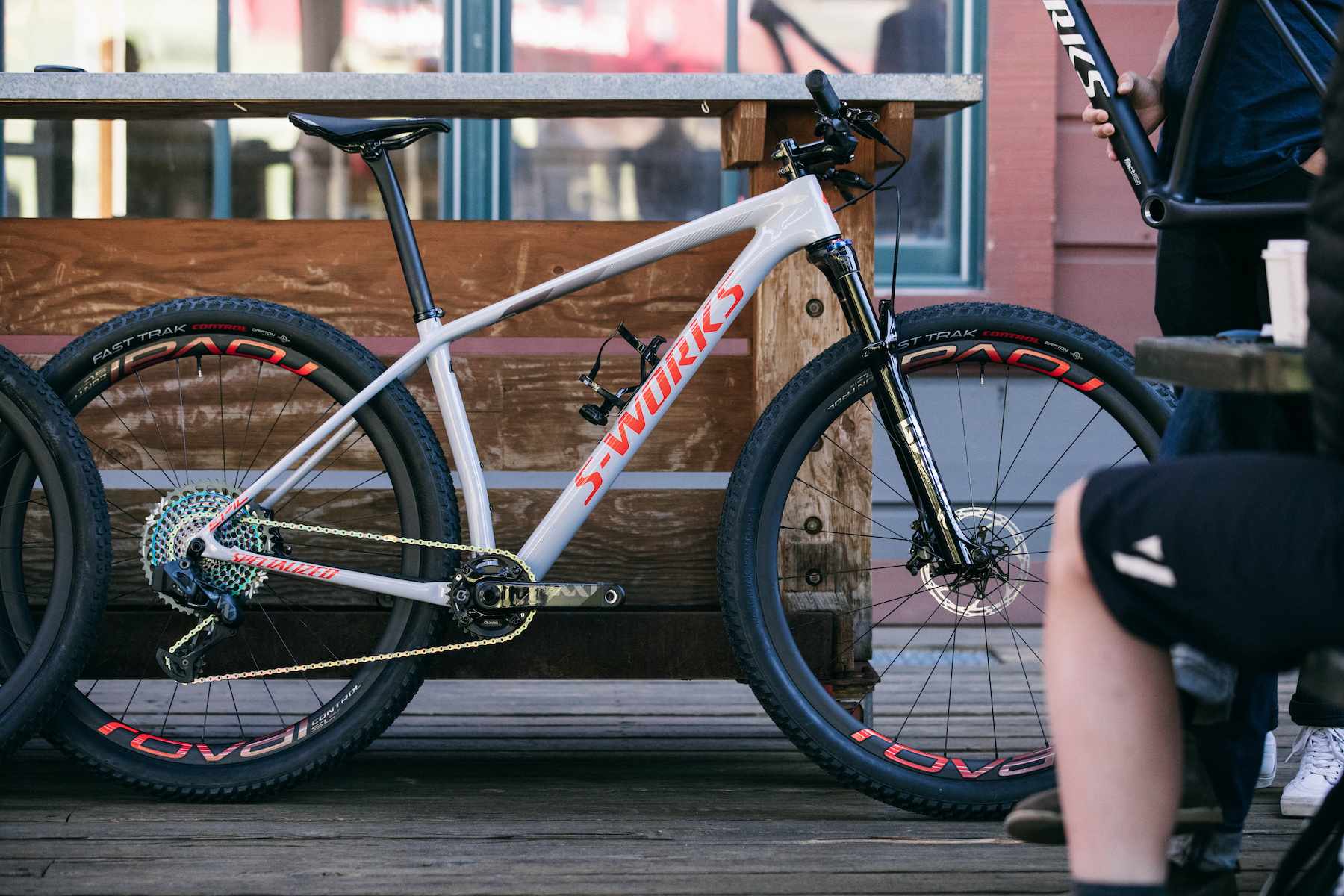

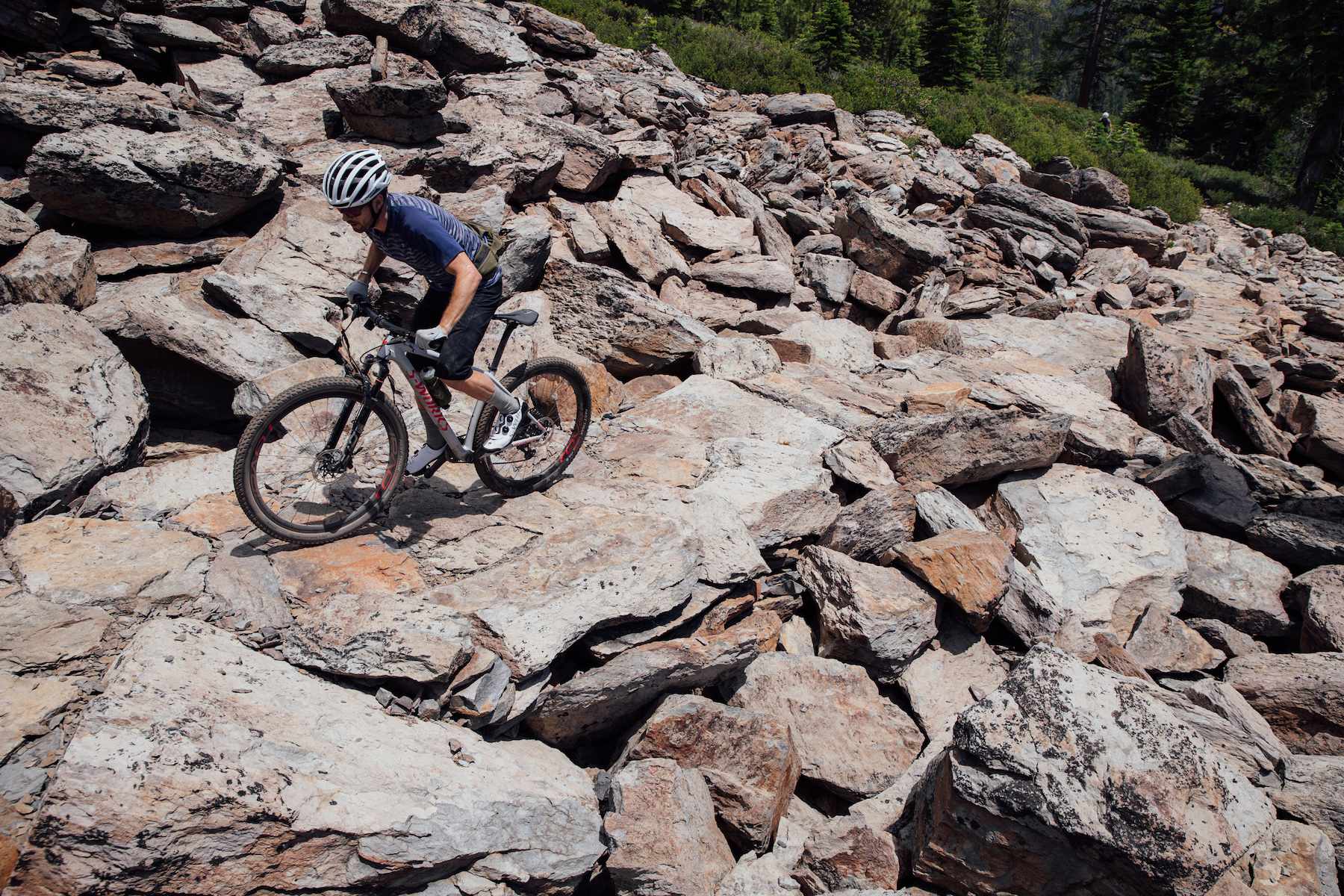
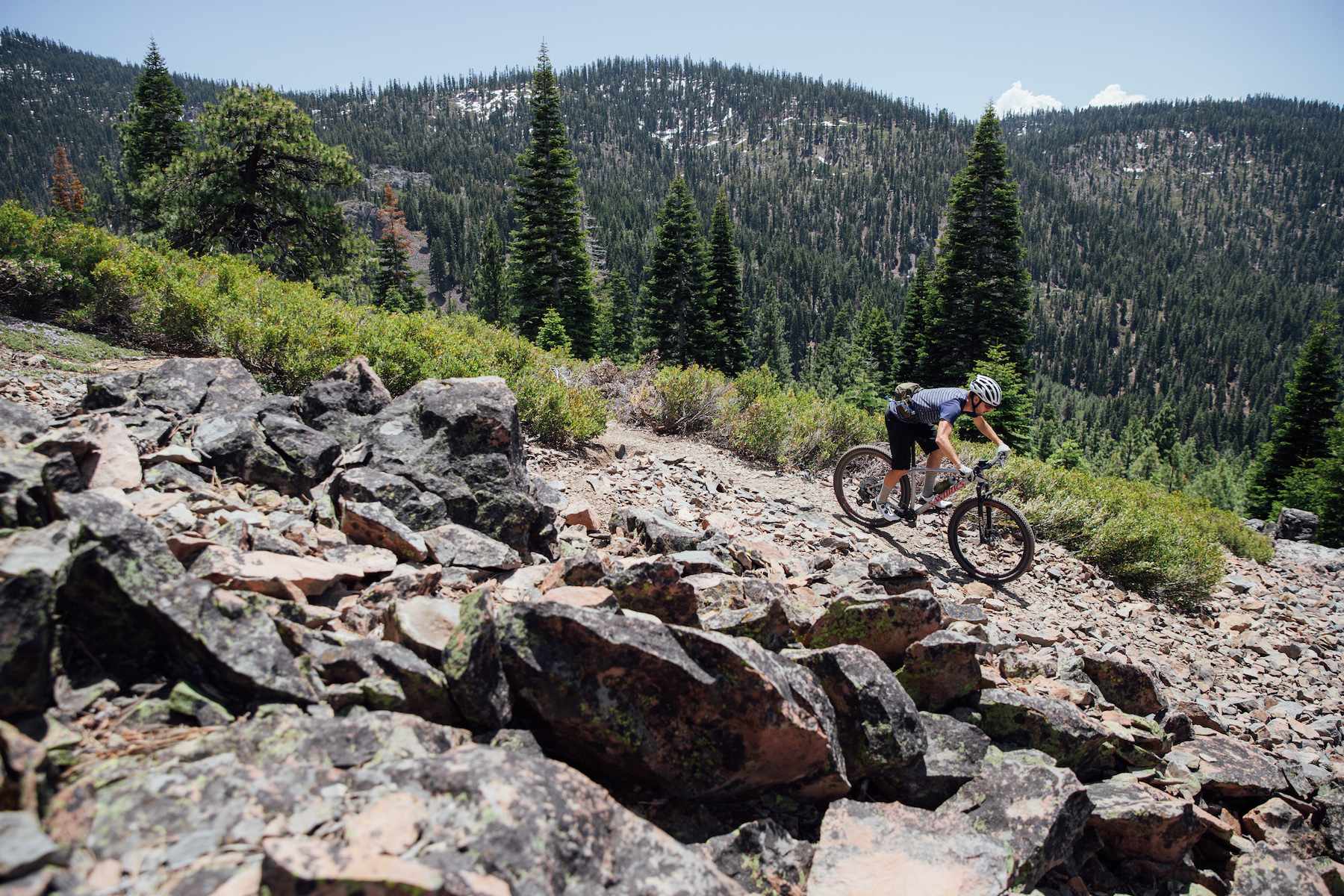
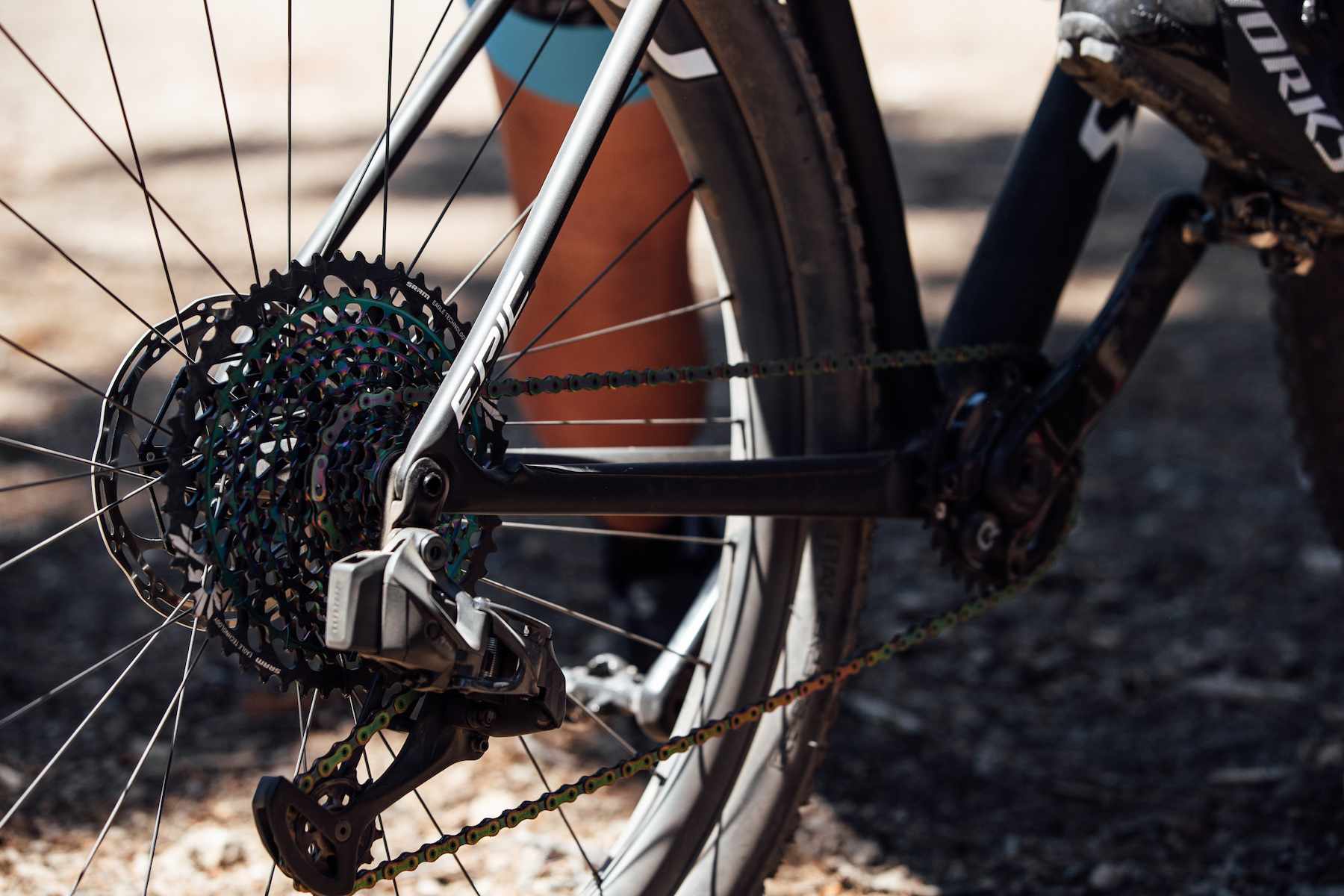
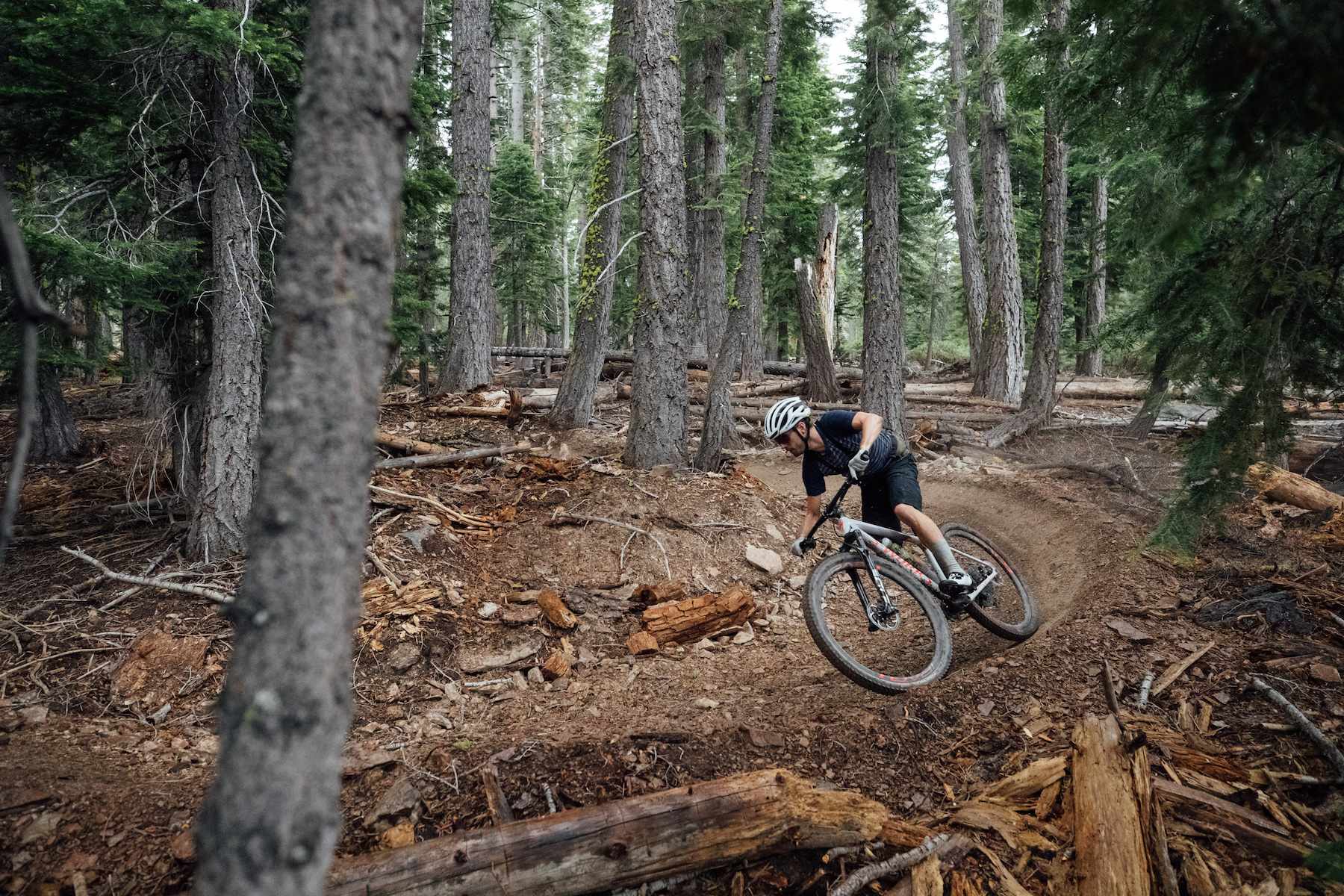
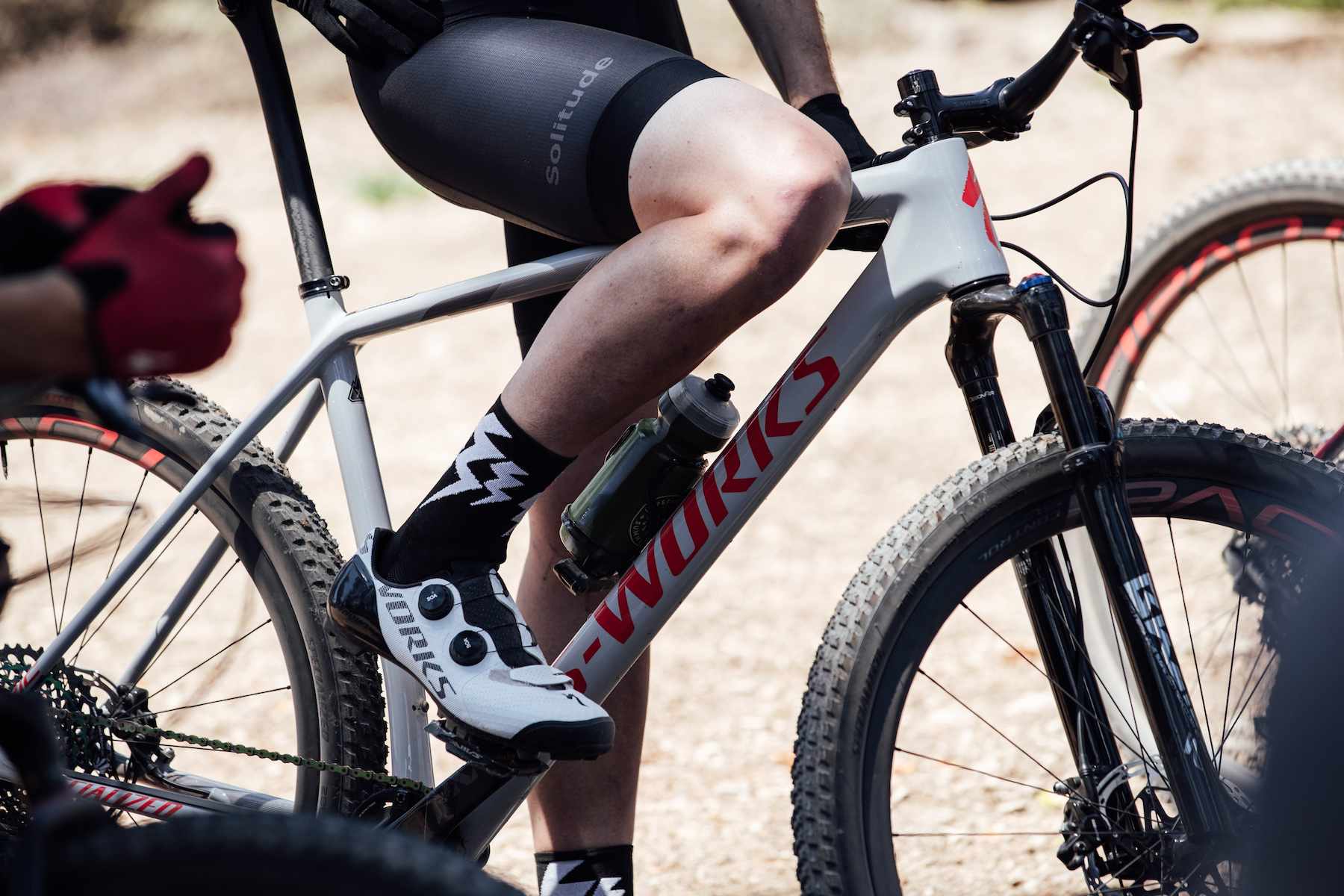
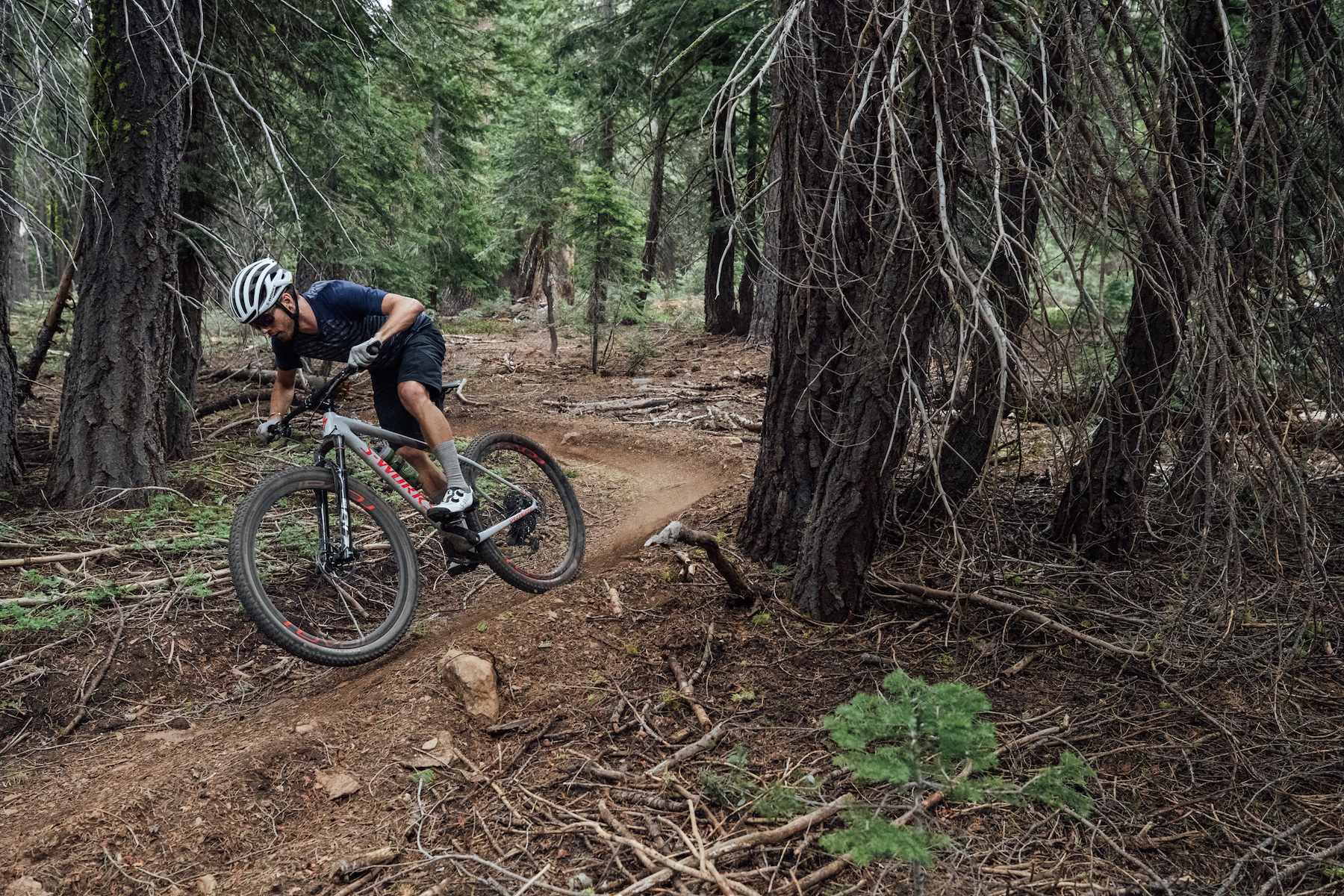
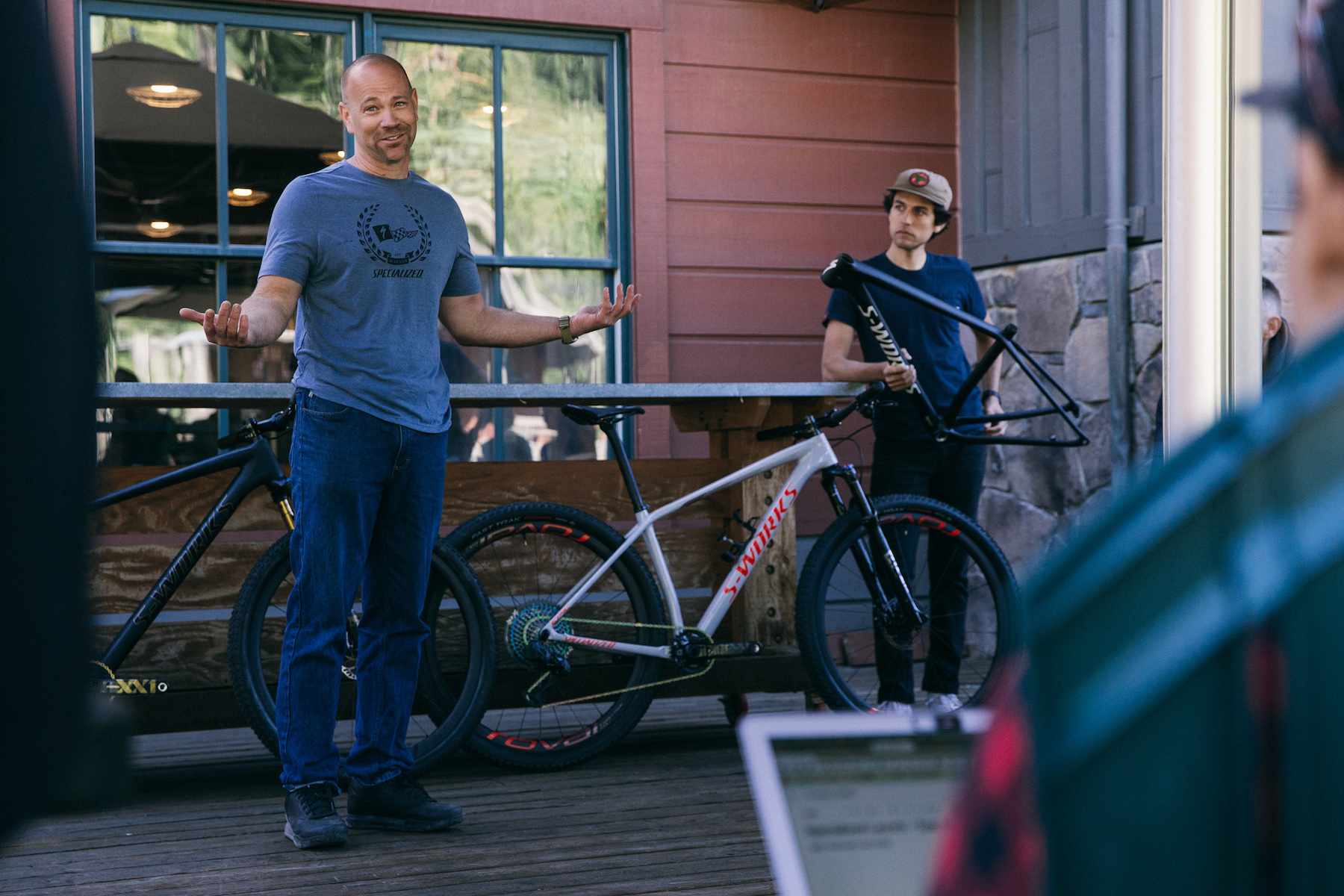

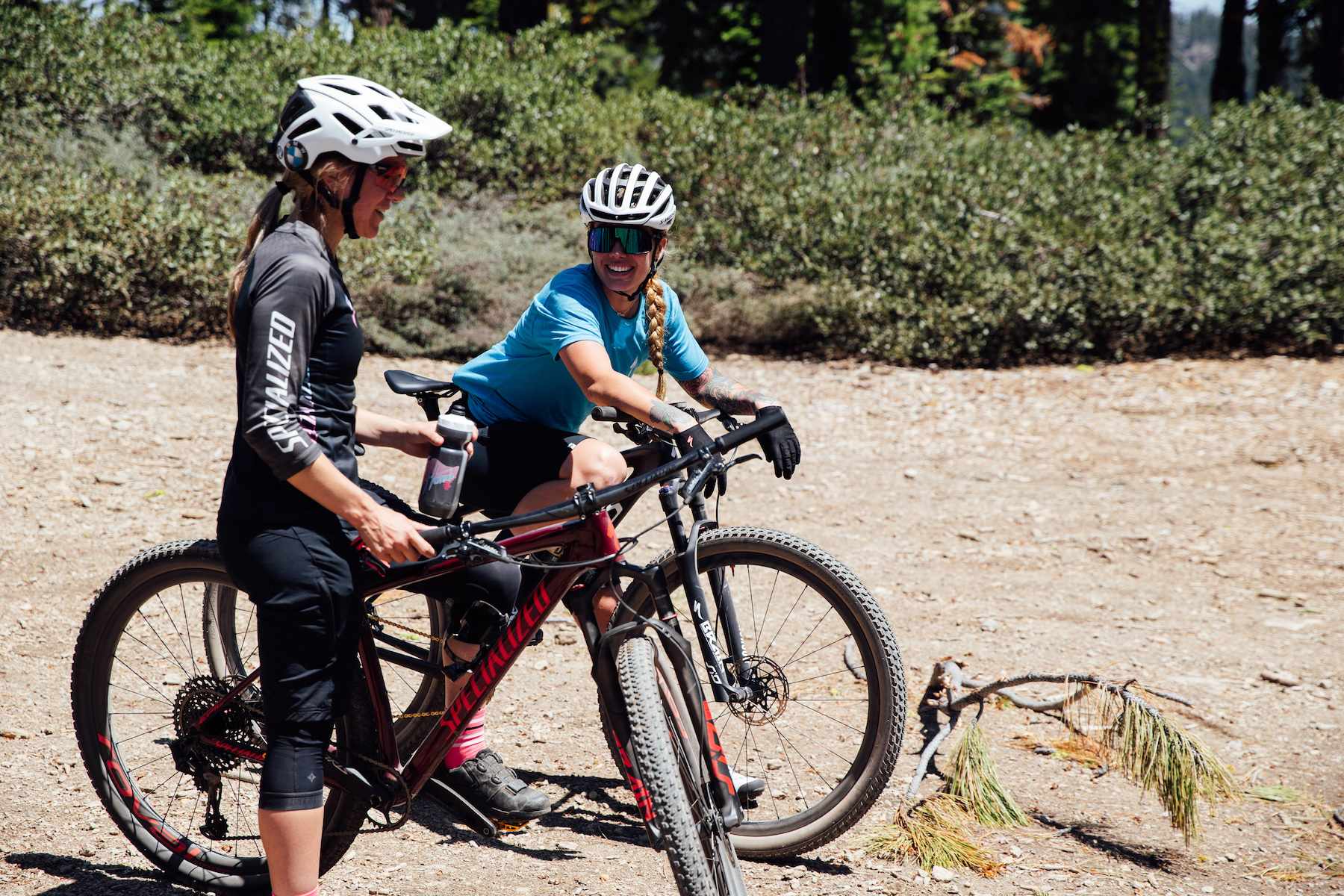


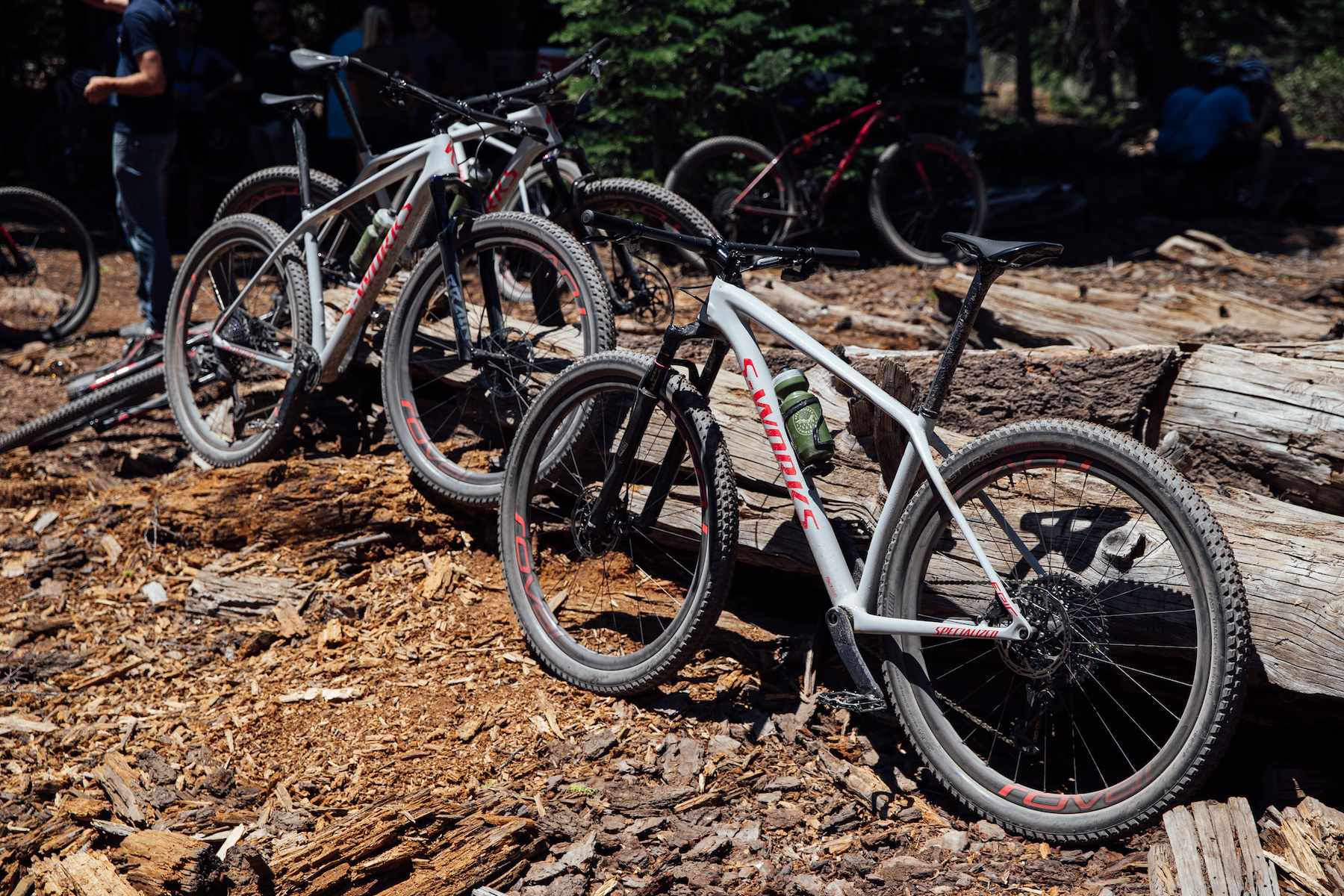


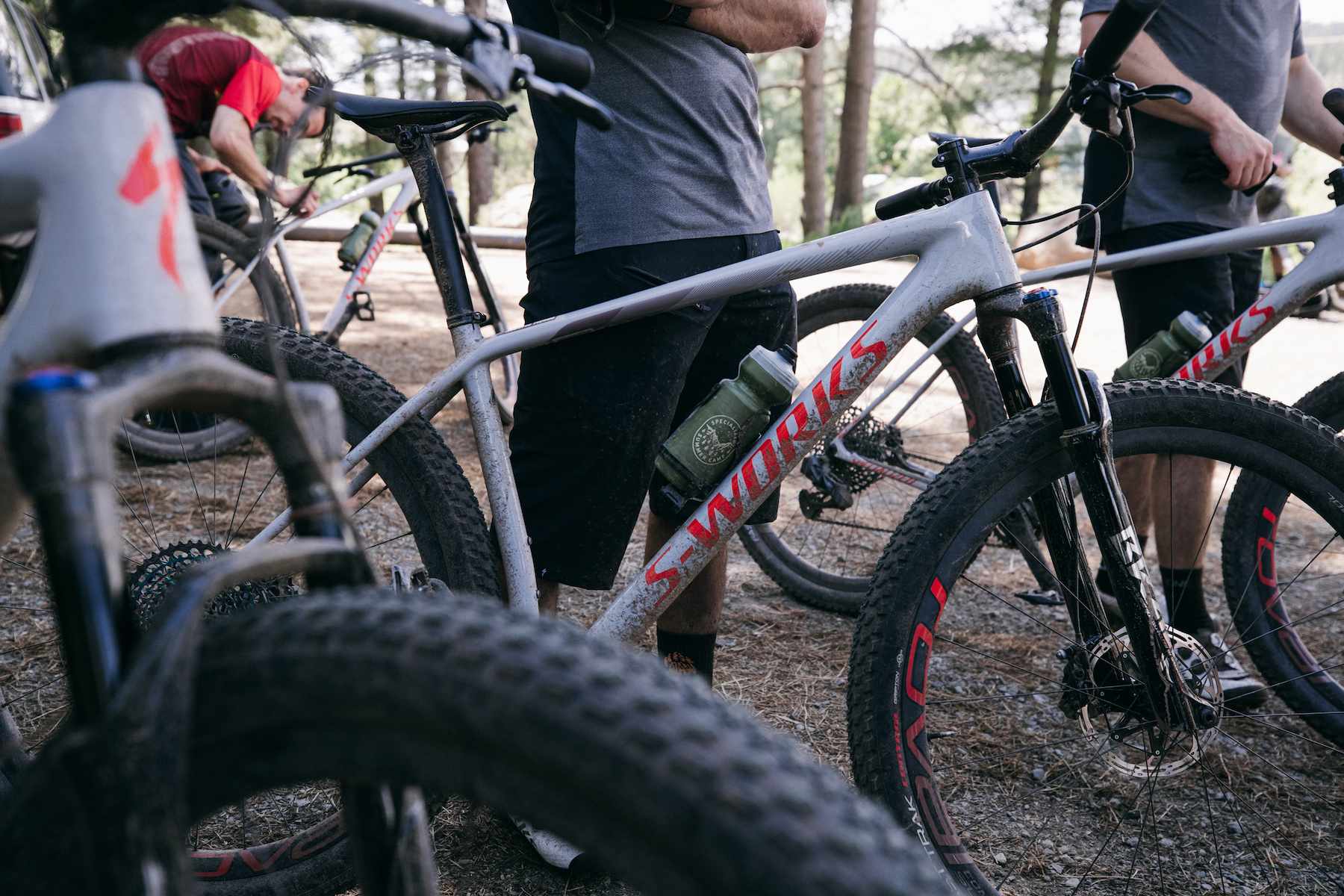
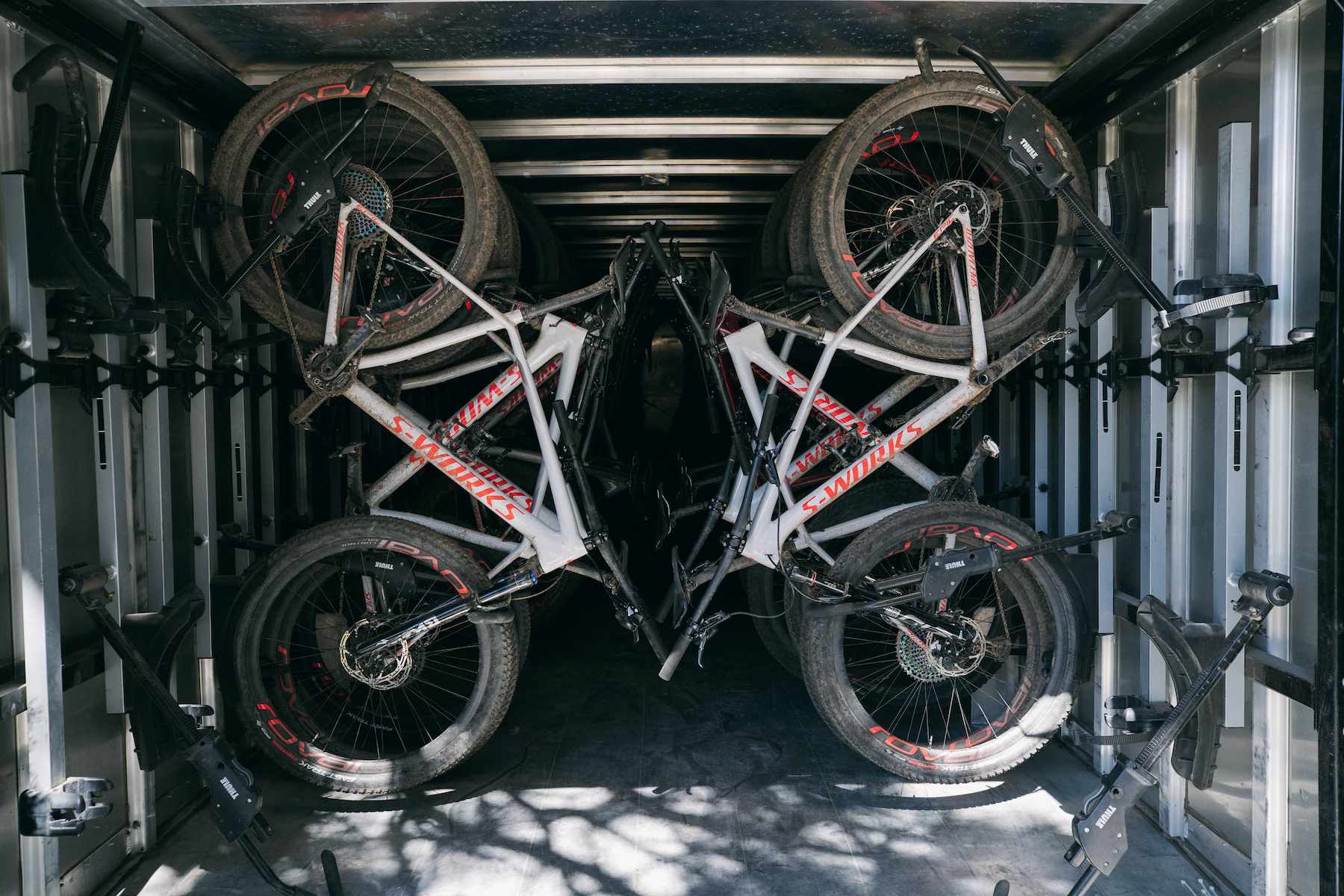
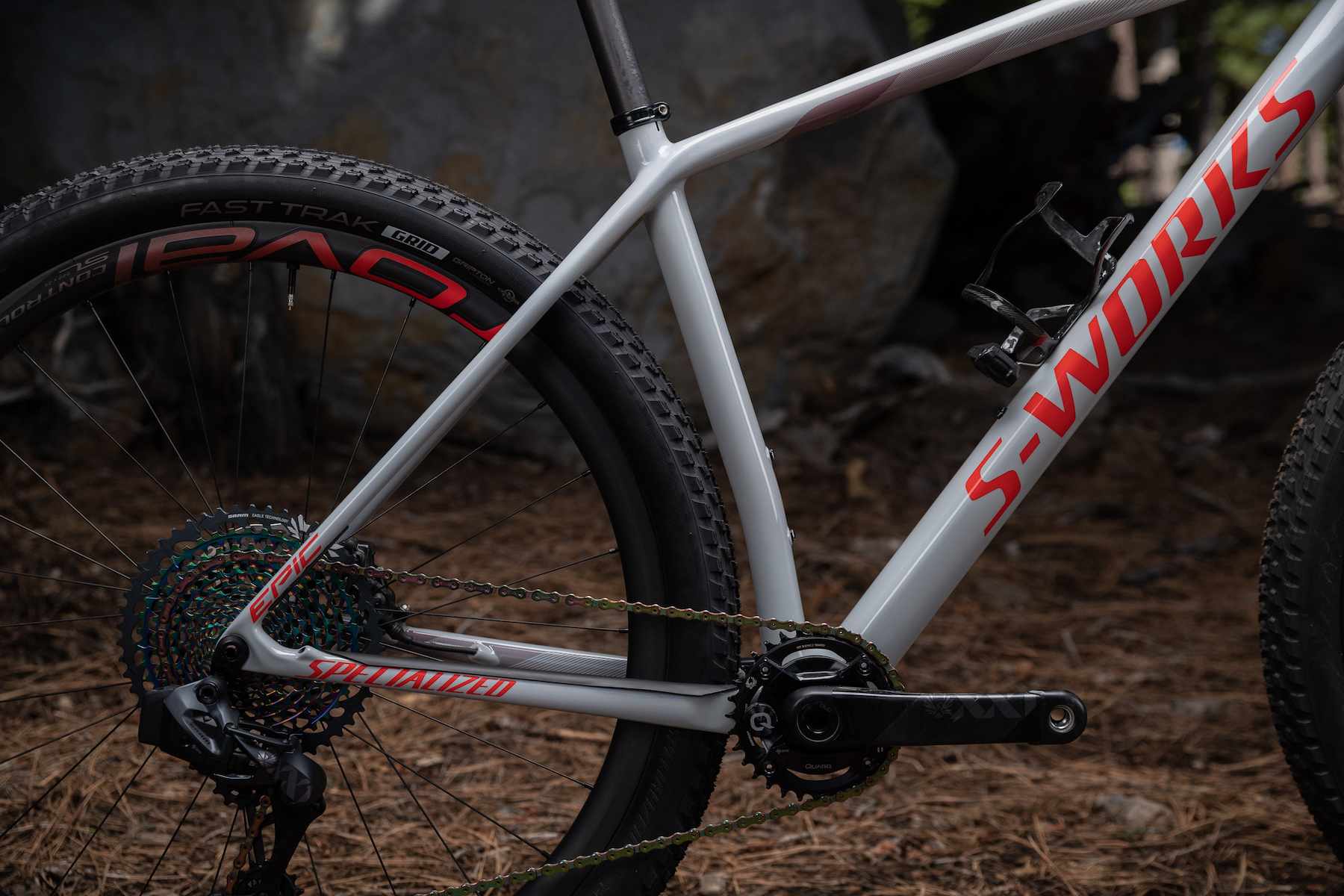
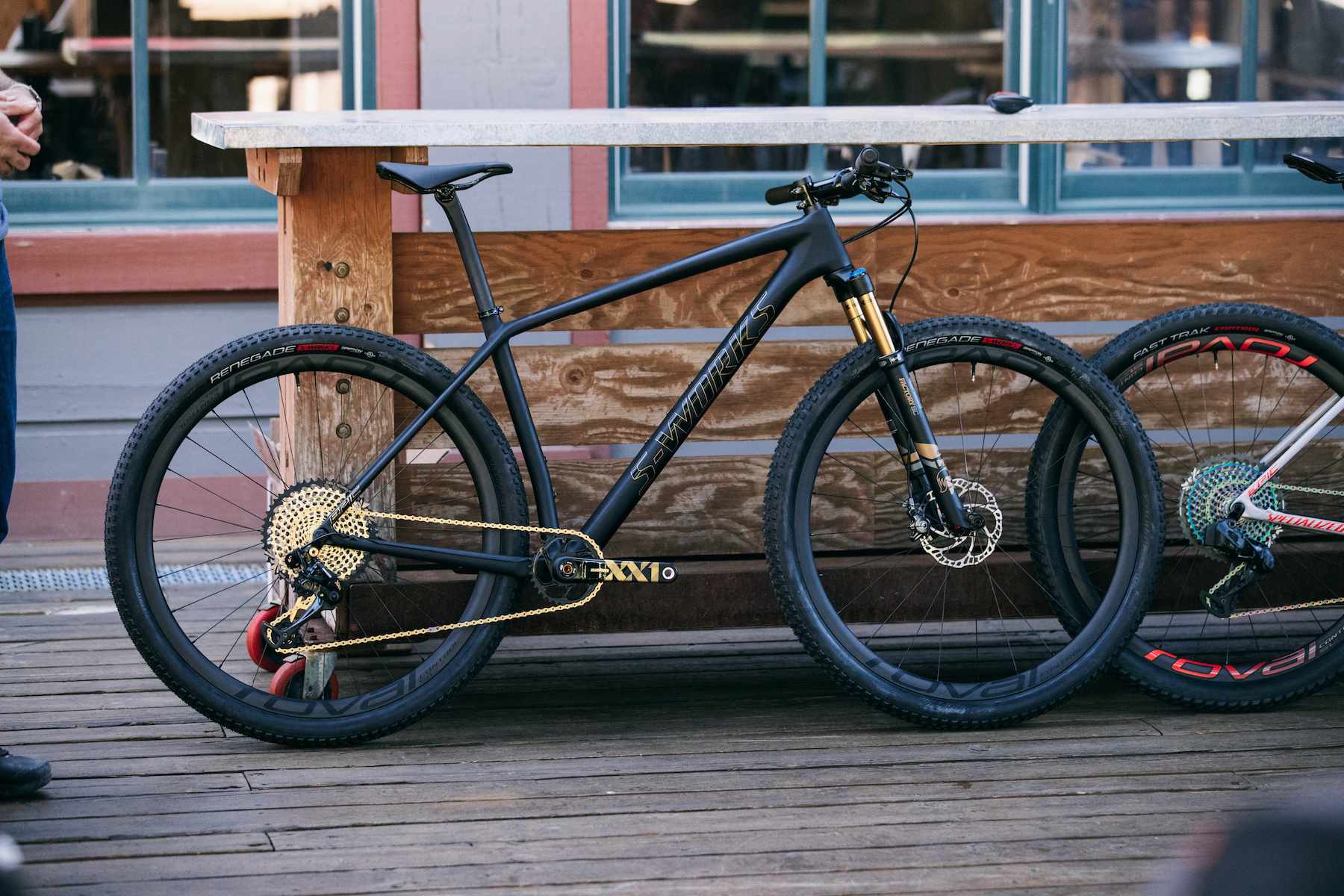
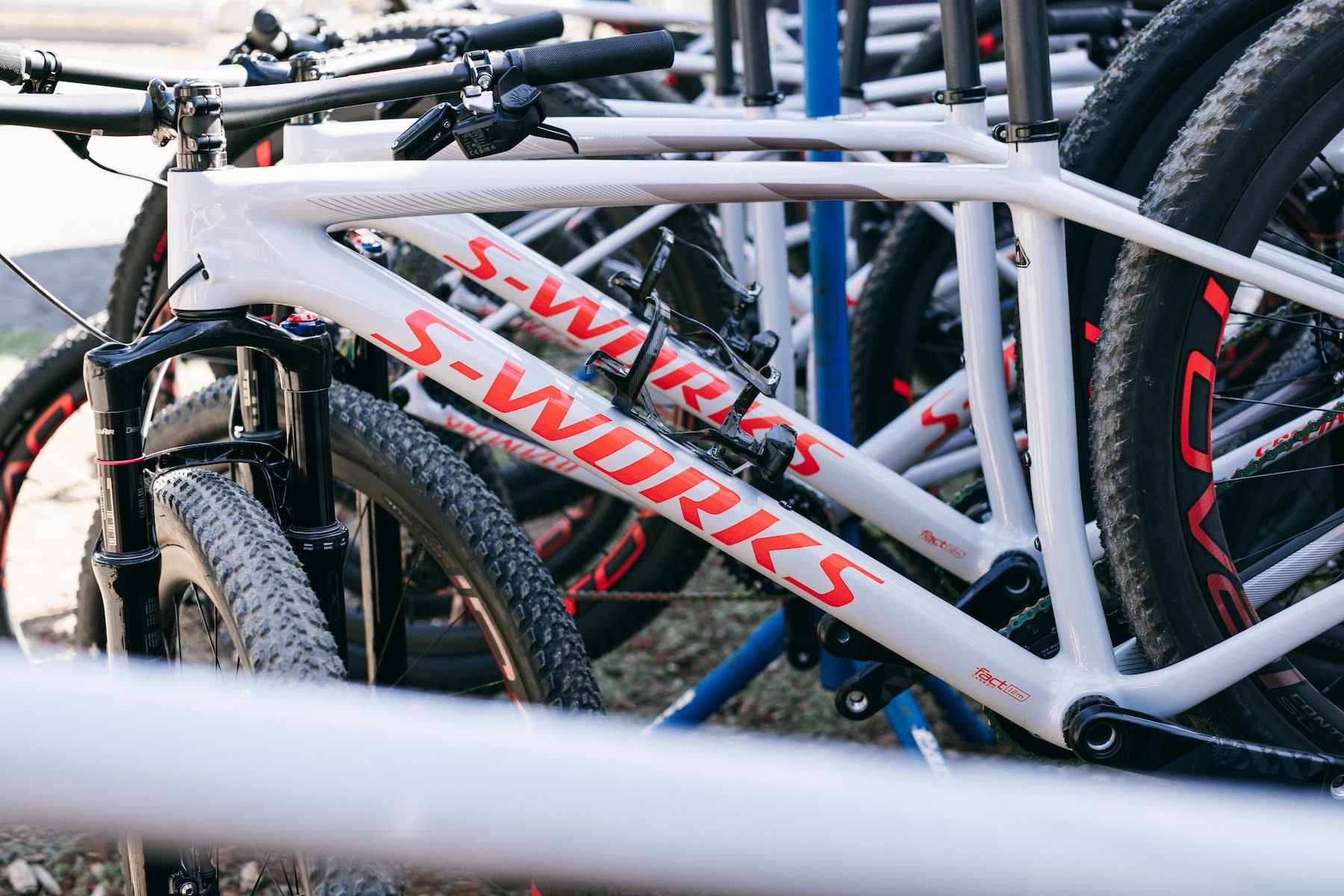
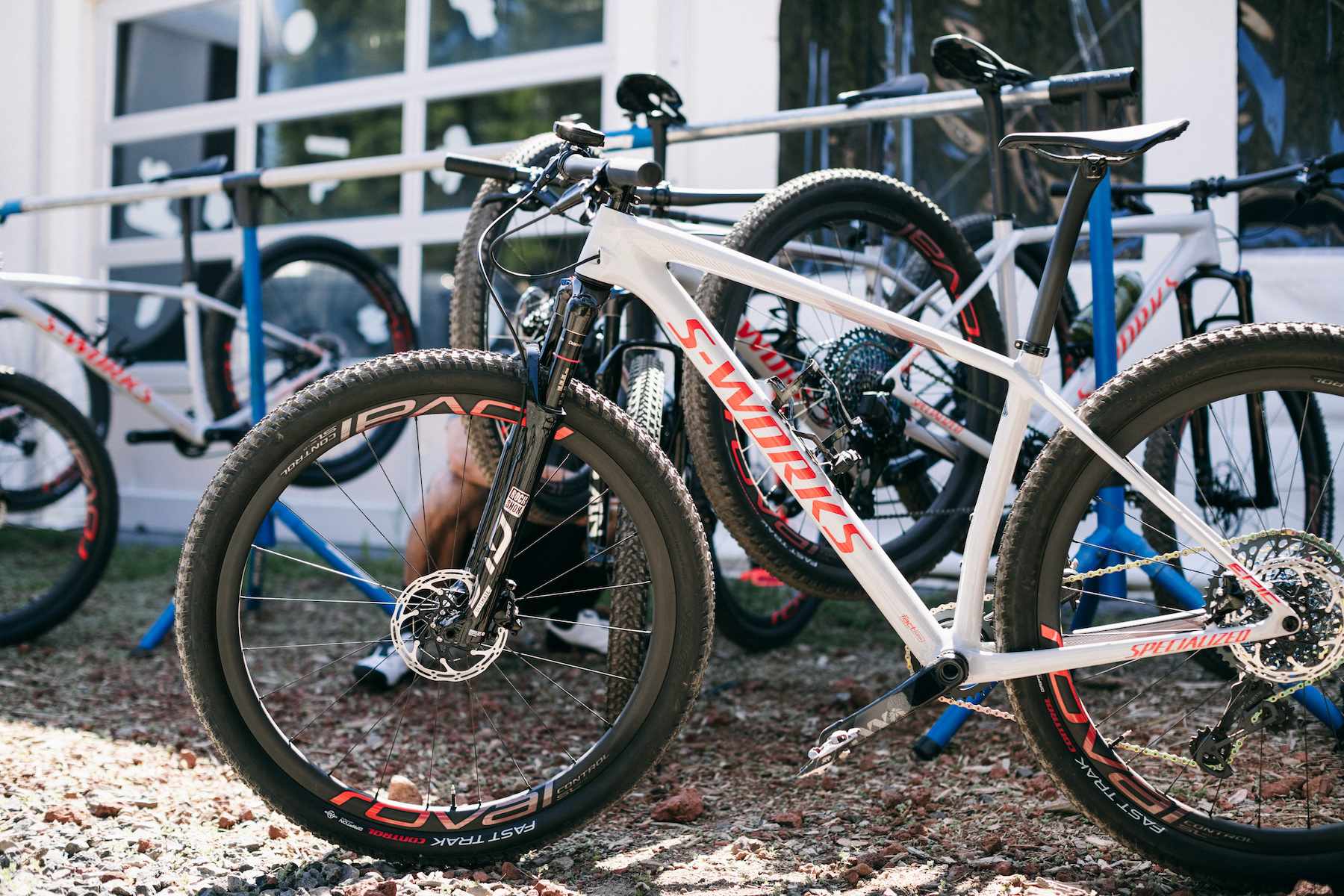

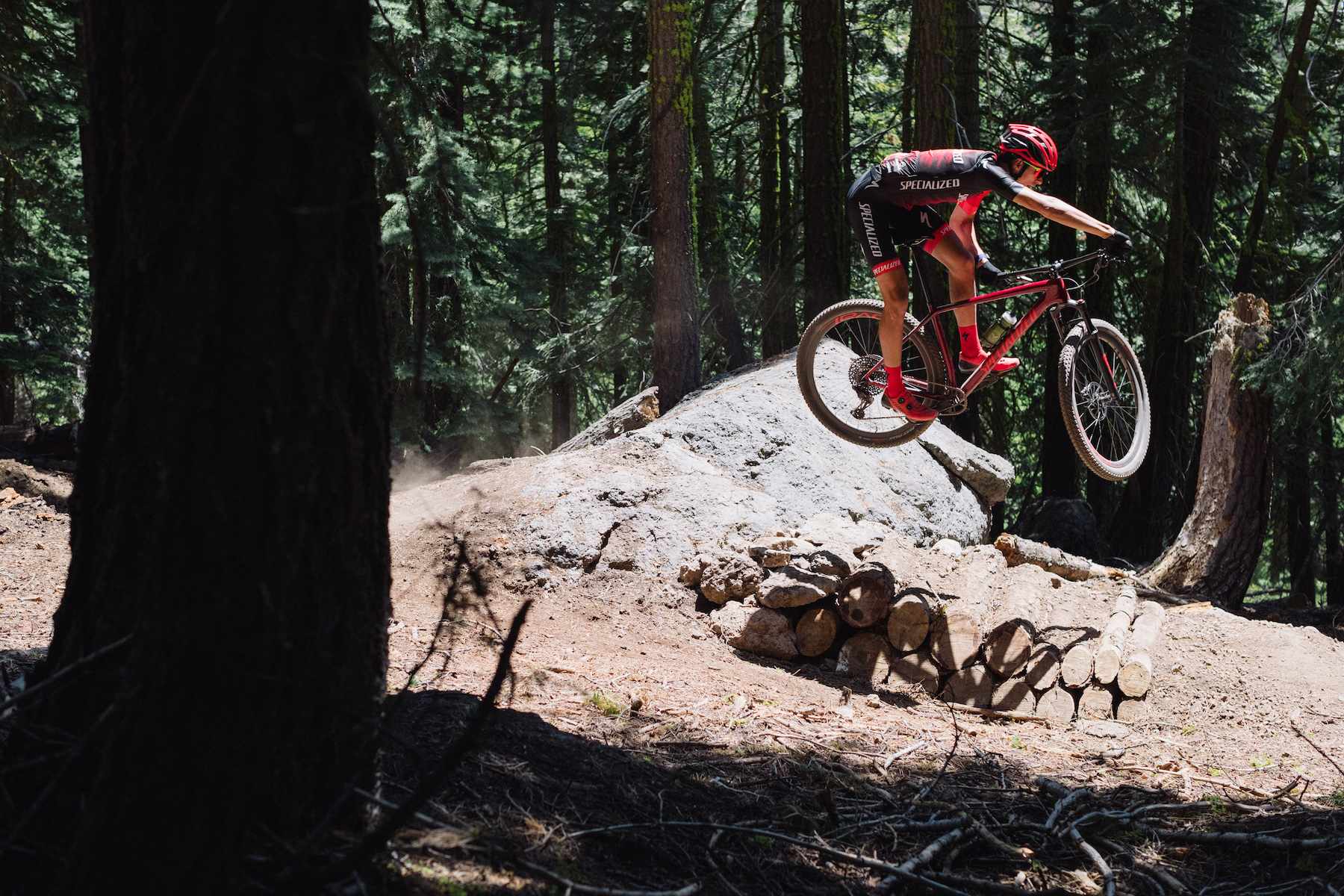


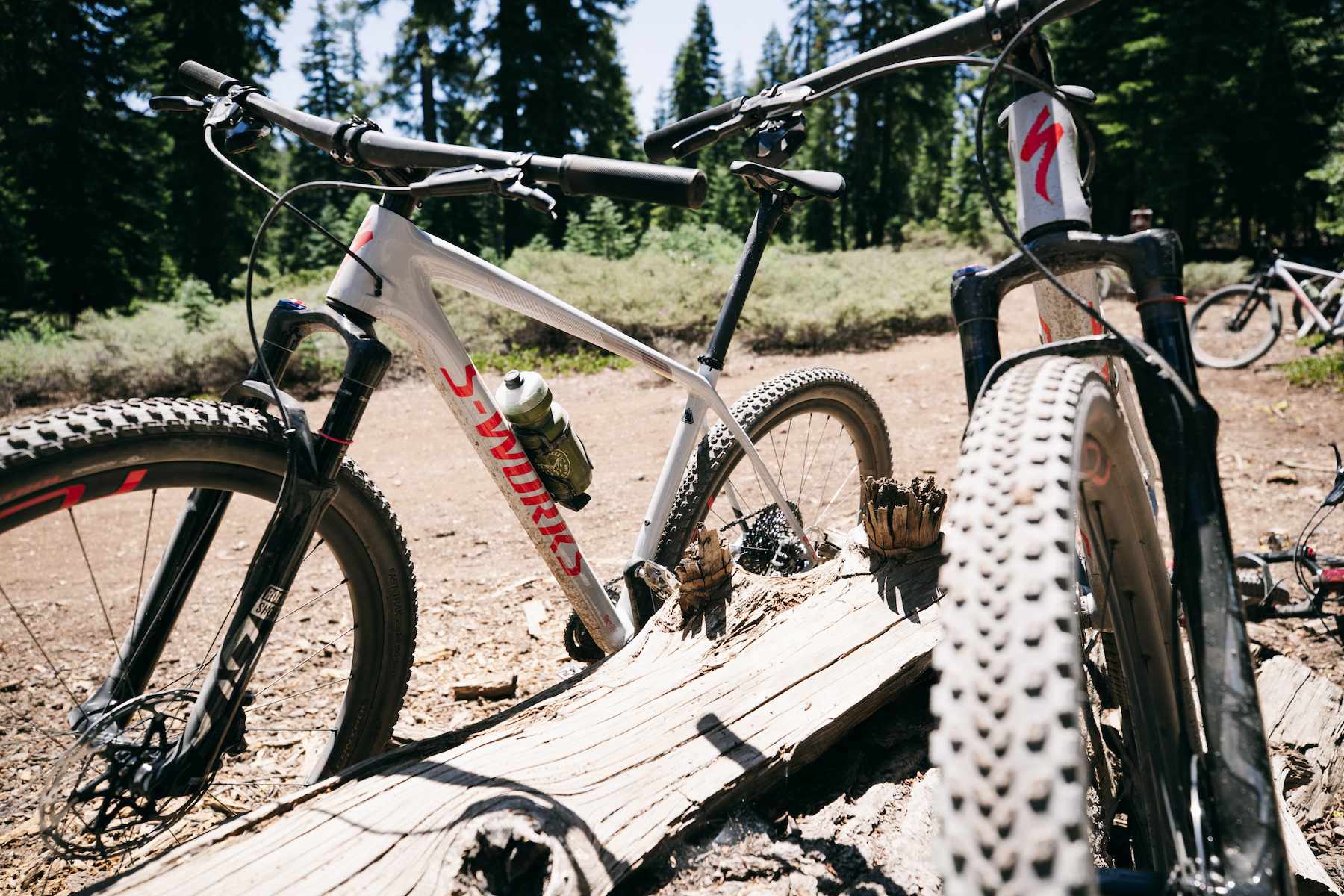
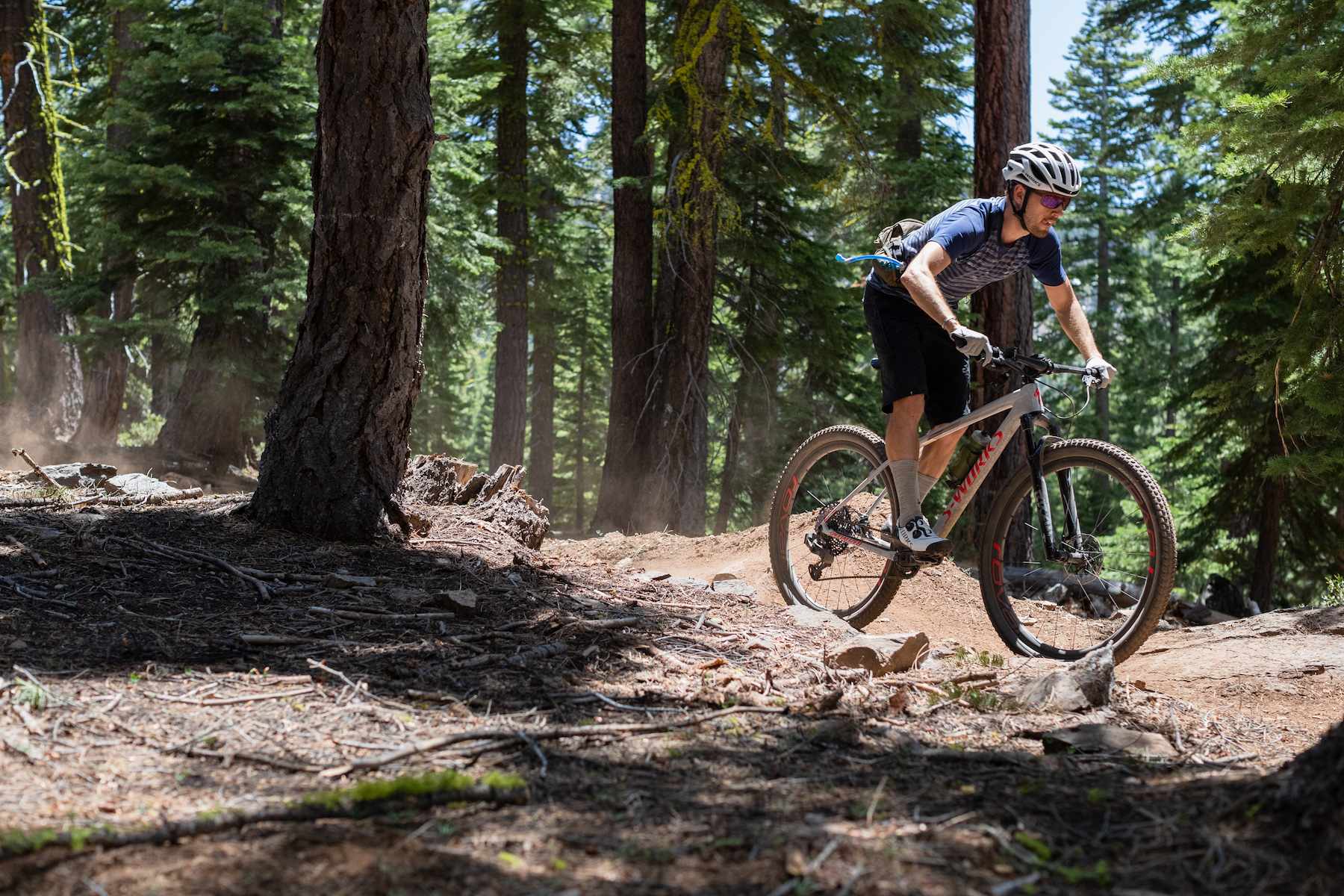






Threaded BB – happy days 🙂
Very nice!
Peter Denk gets about, doesn’t he? Scott, Cannondale and Specialized. Not a bad CV to have and kudos to him for continuing to push boundaries. Does the Epic have a rider weight limit?
Another manufacturer seeing common sense at last and reverting to a threaded BB.
Yeaaah.
Press-fit-bhullshoite IS a deal breaker for me – plain and simple I’m not having any new bike with Press Fit, as they are by and large a total PITA.
(And I see Specialized have made the same move on some of their road bikes too).
Apparently the UNNO is lighter:
https://www.instagram.com/p/B01VCFSgEW-/?utm_source=ig_web_copy_link